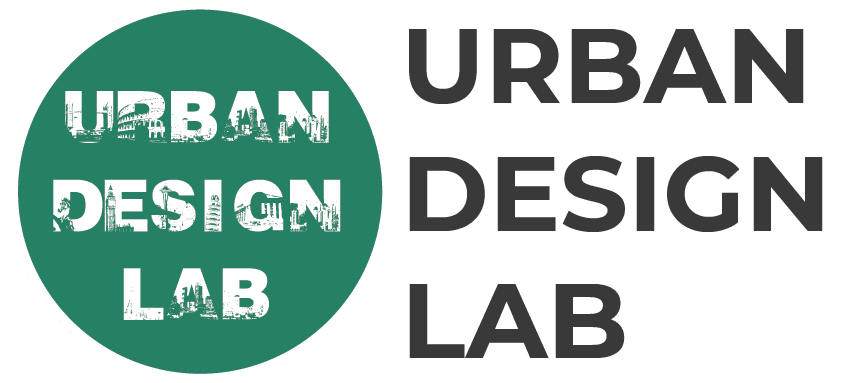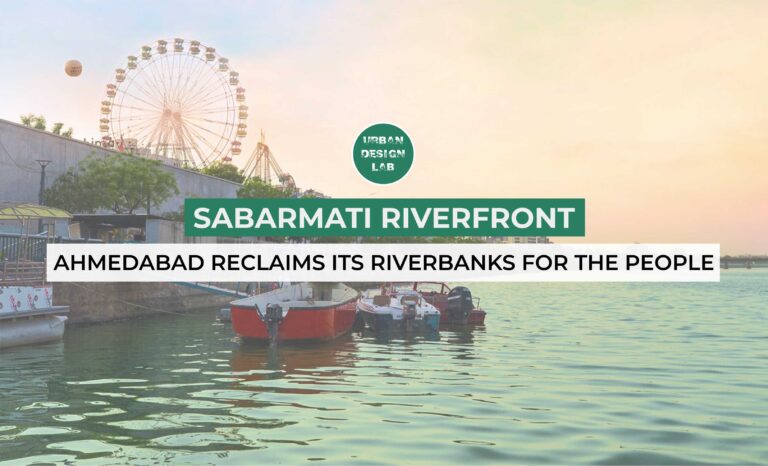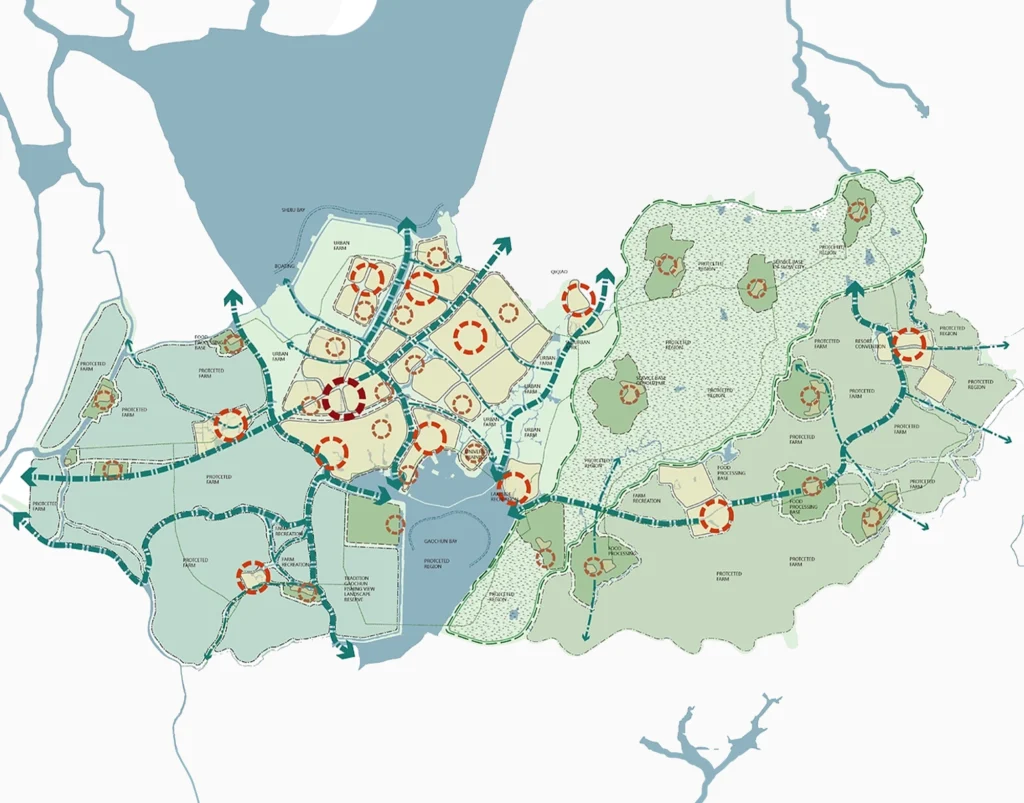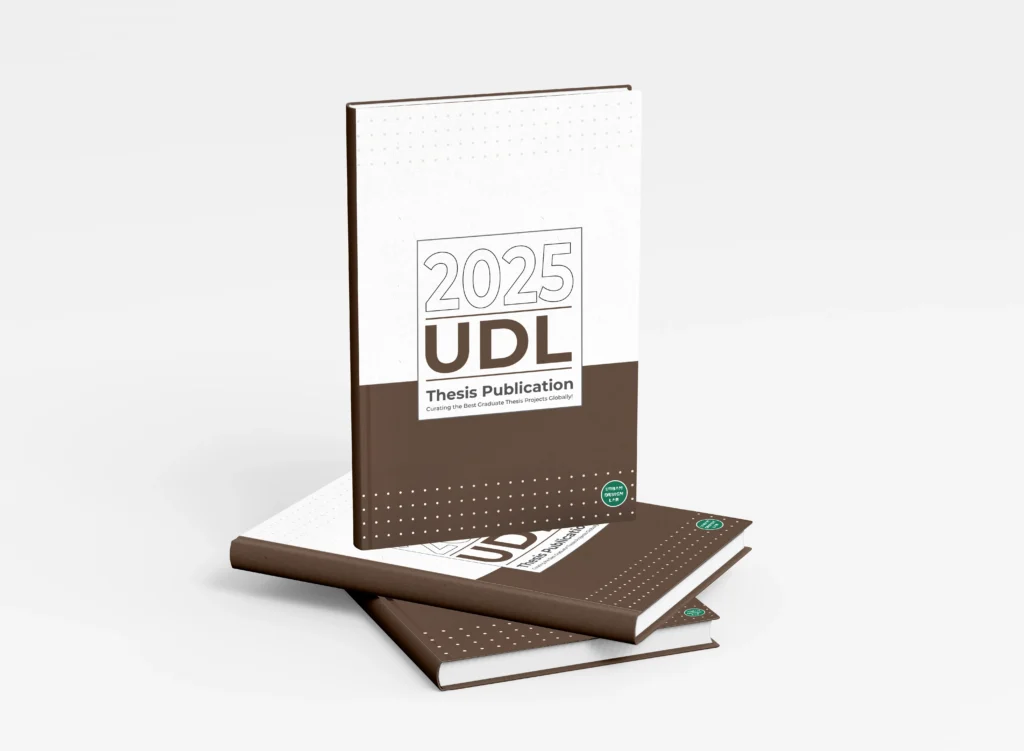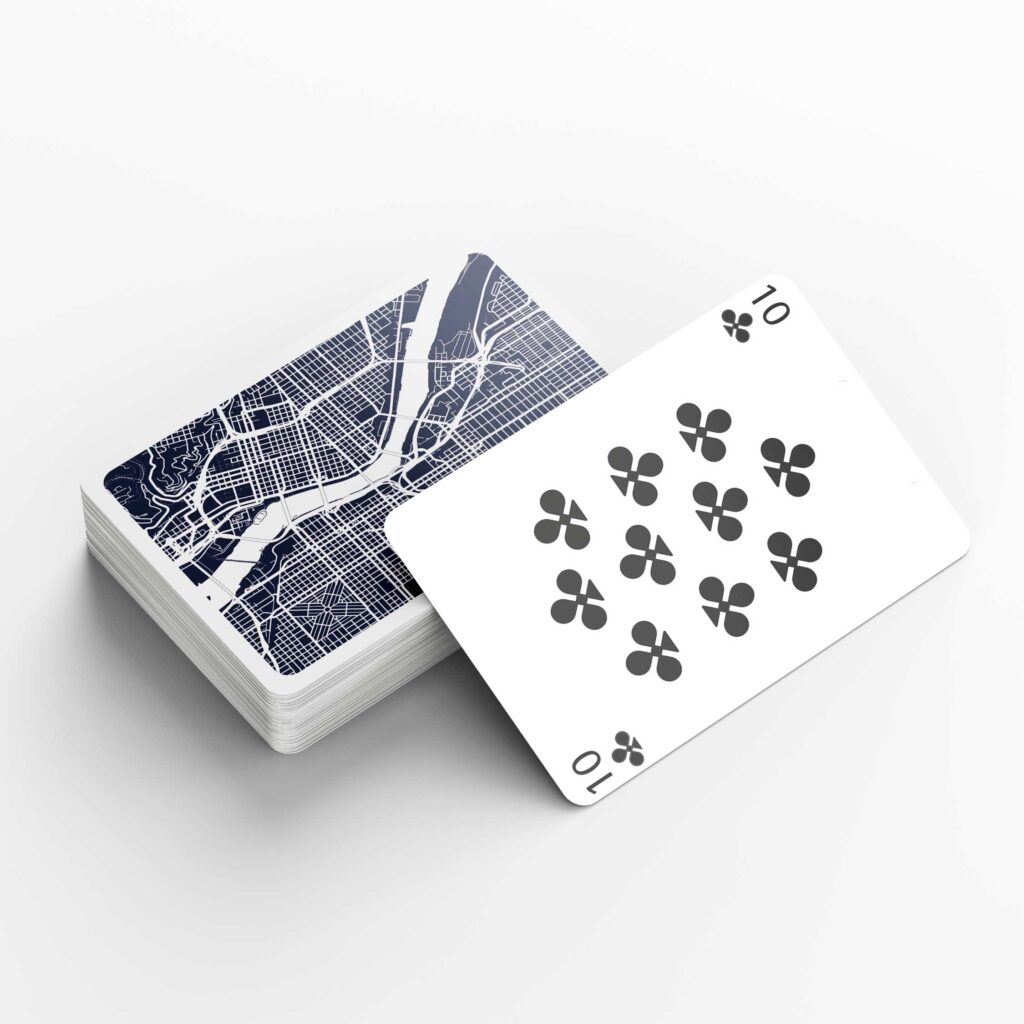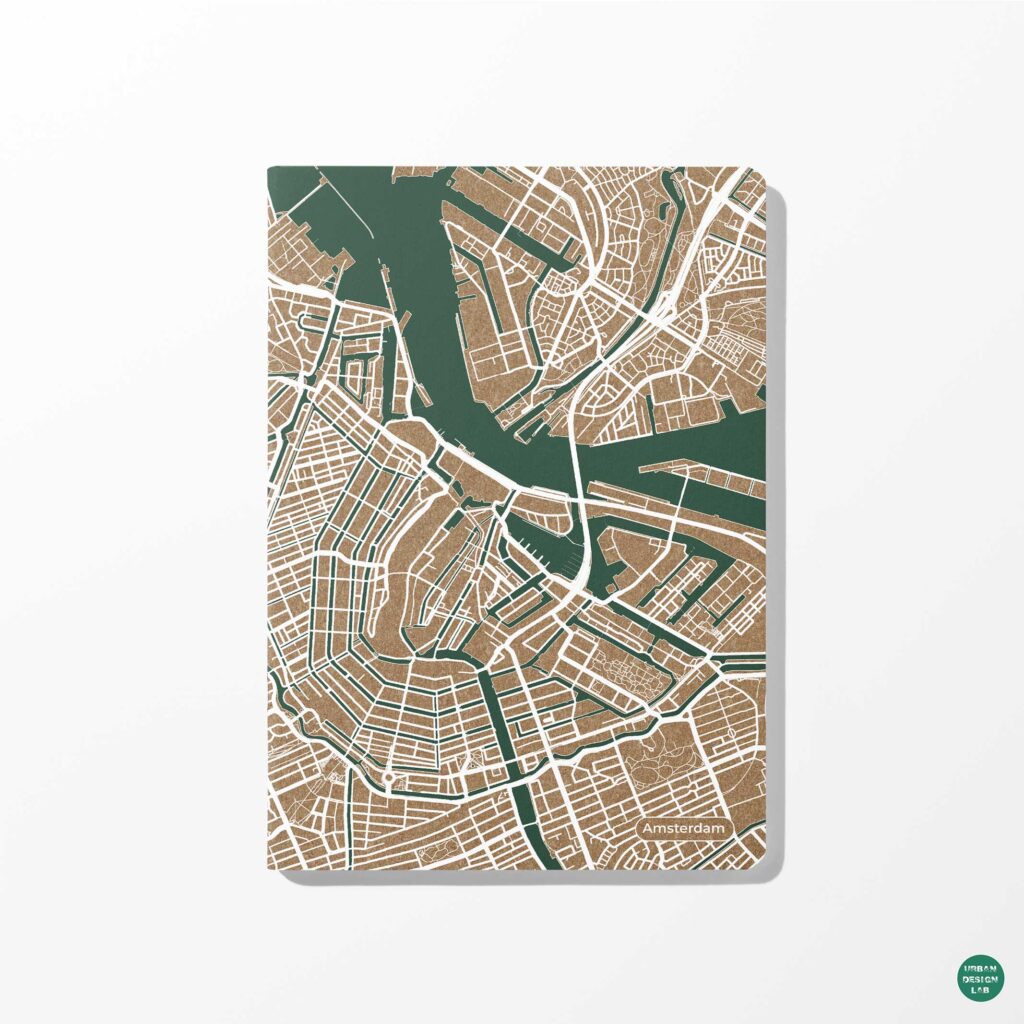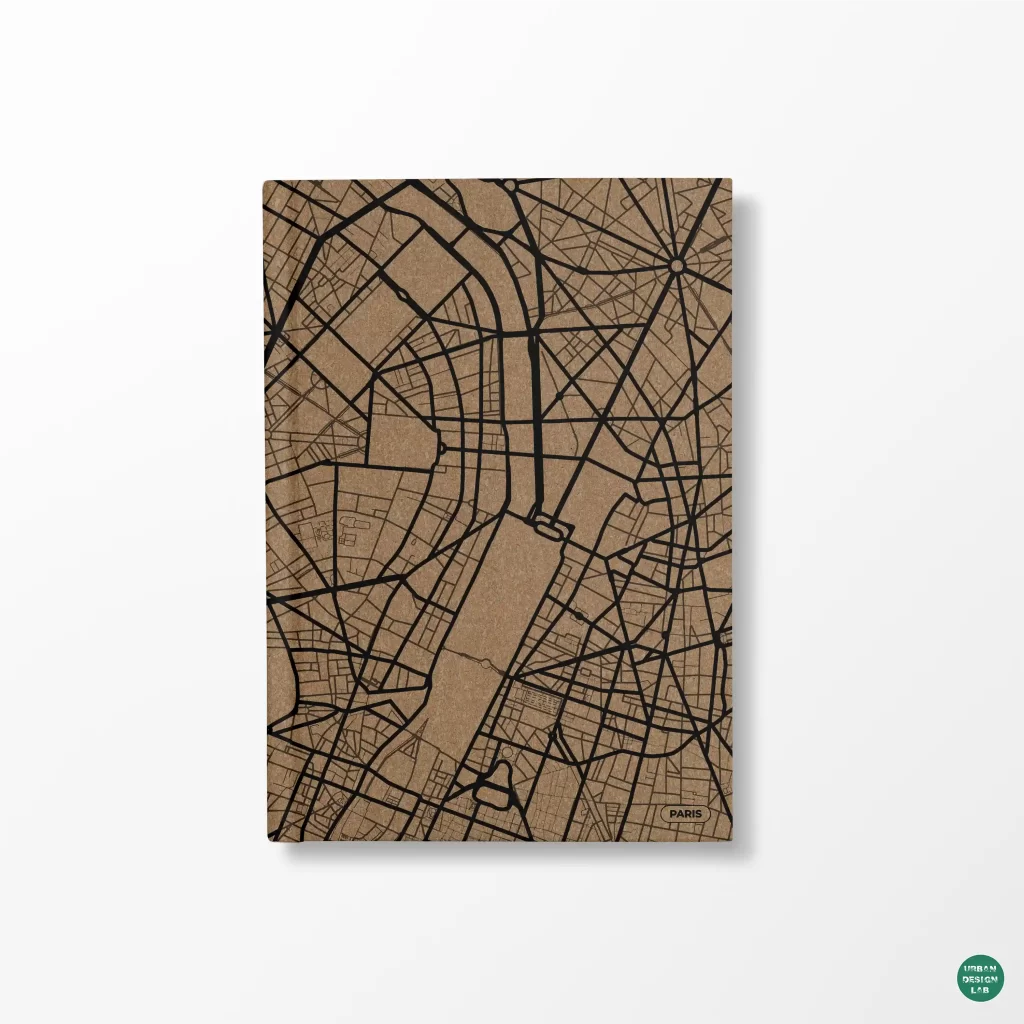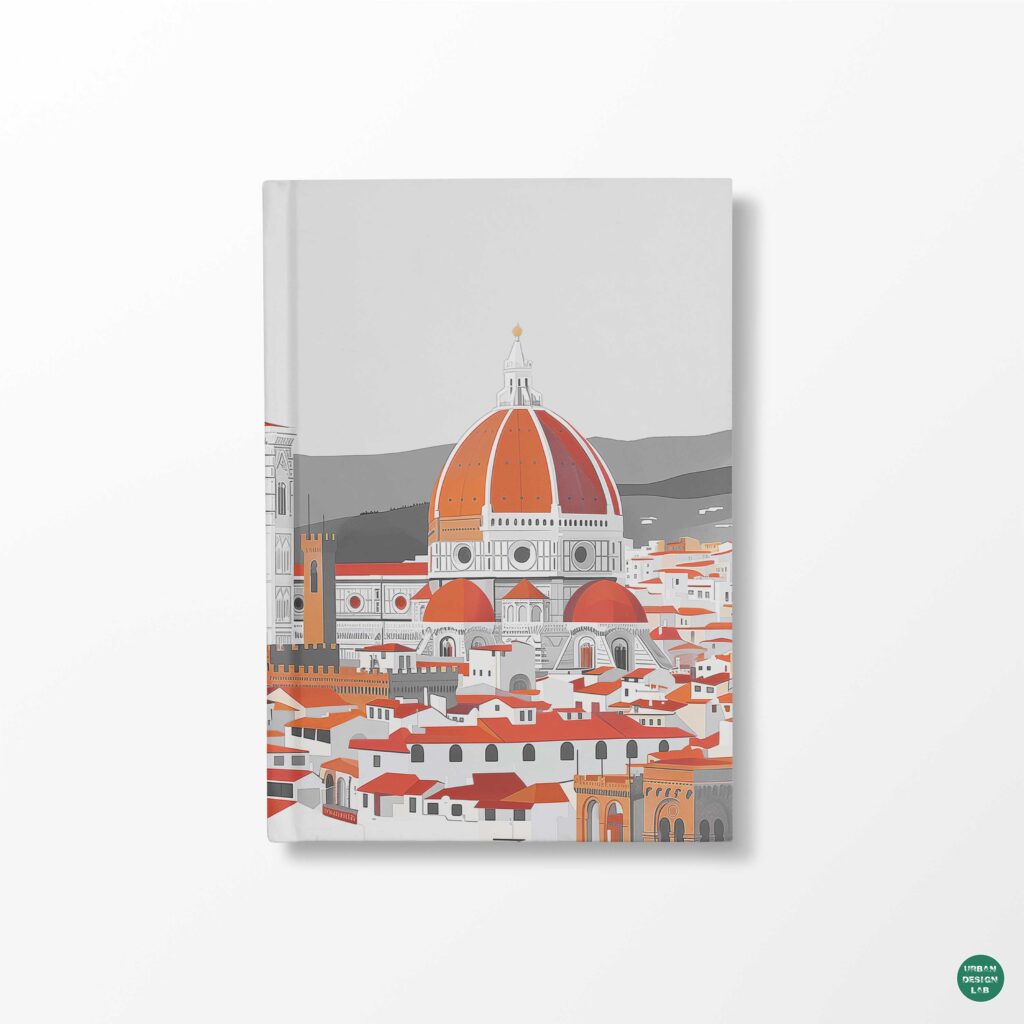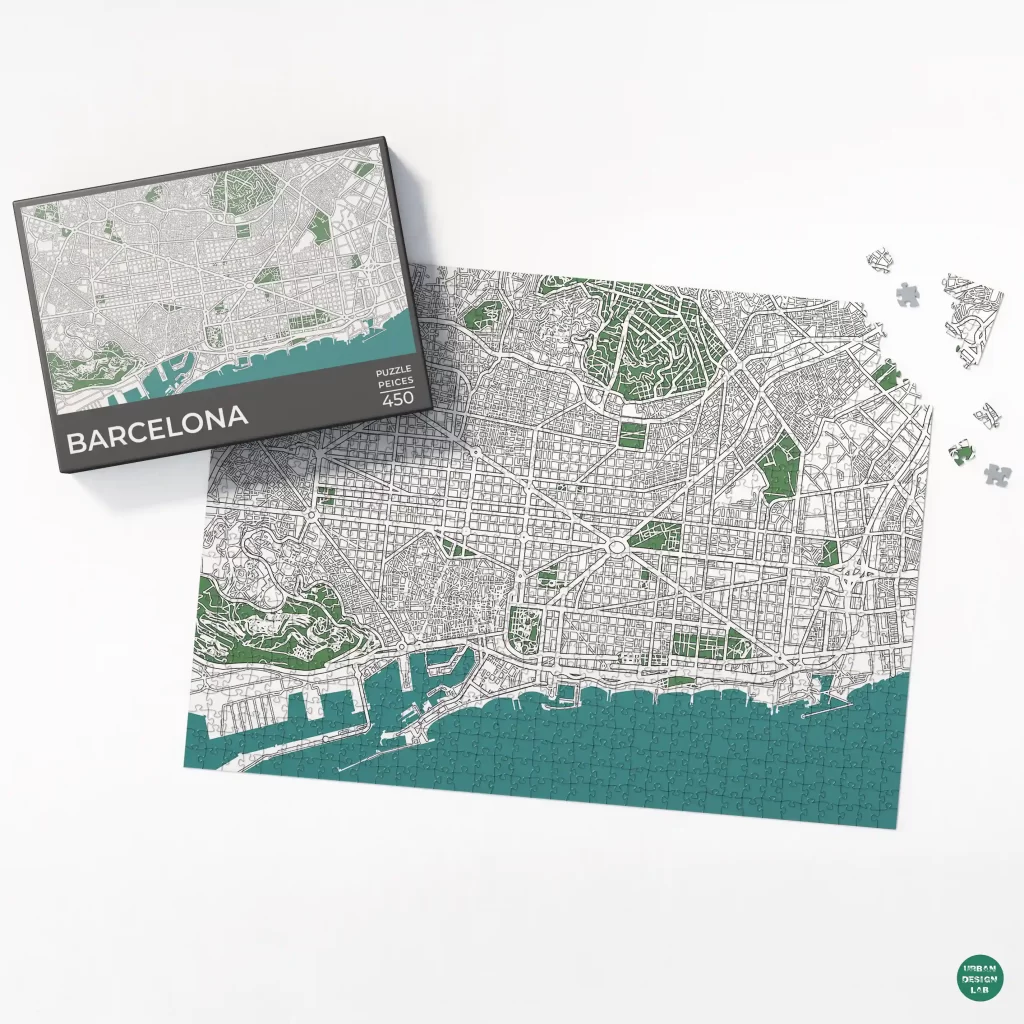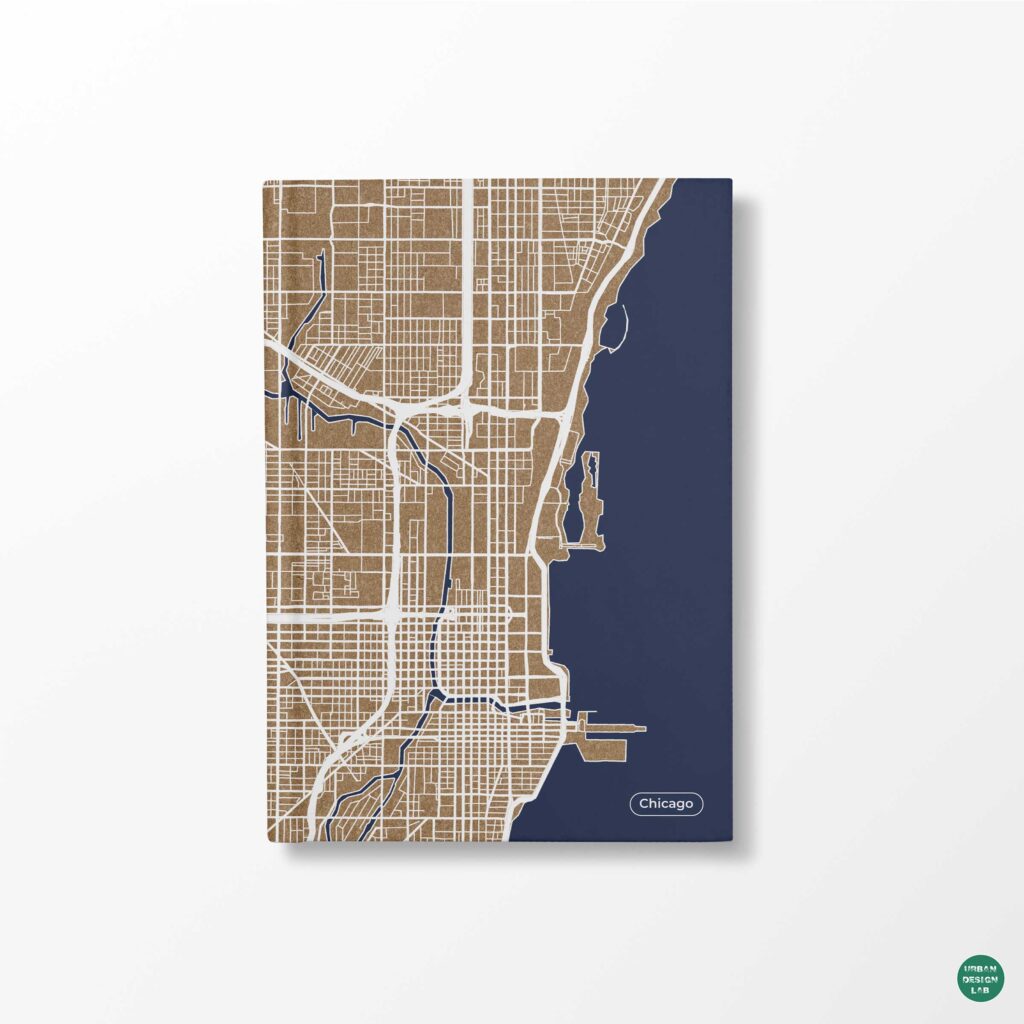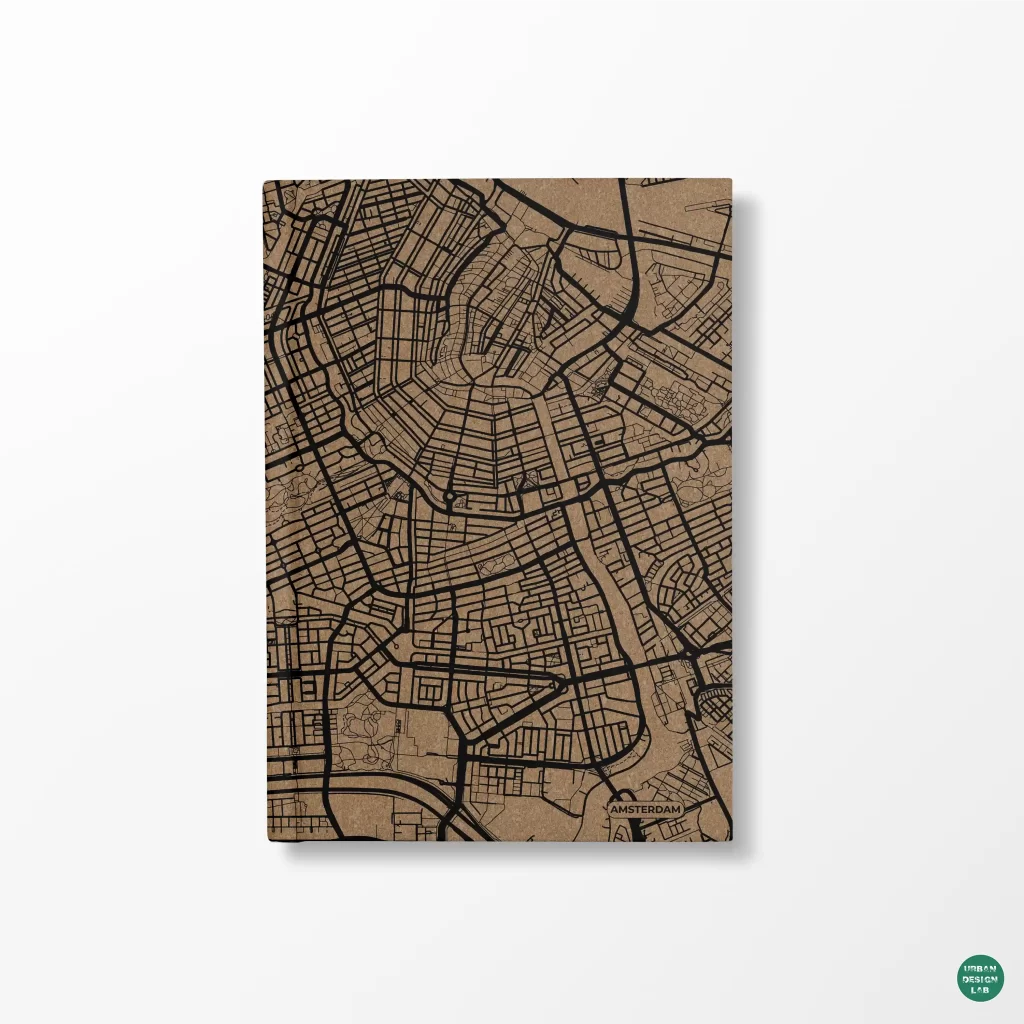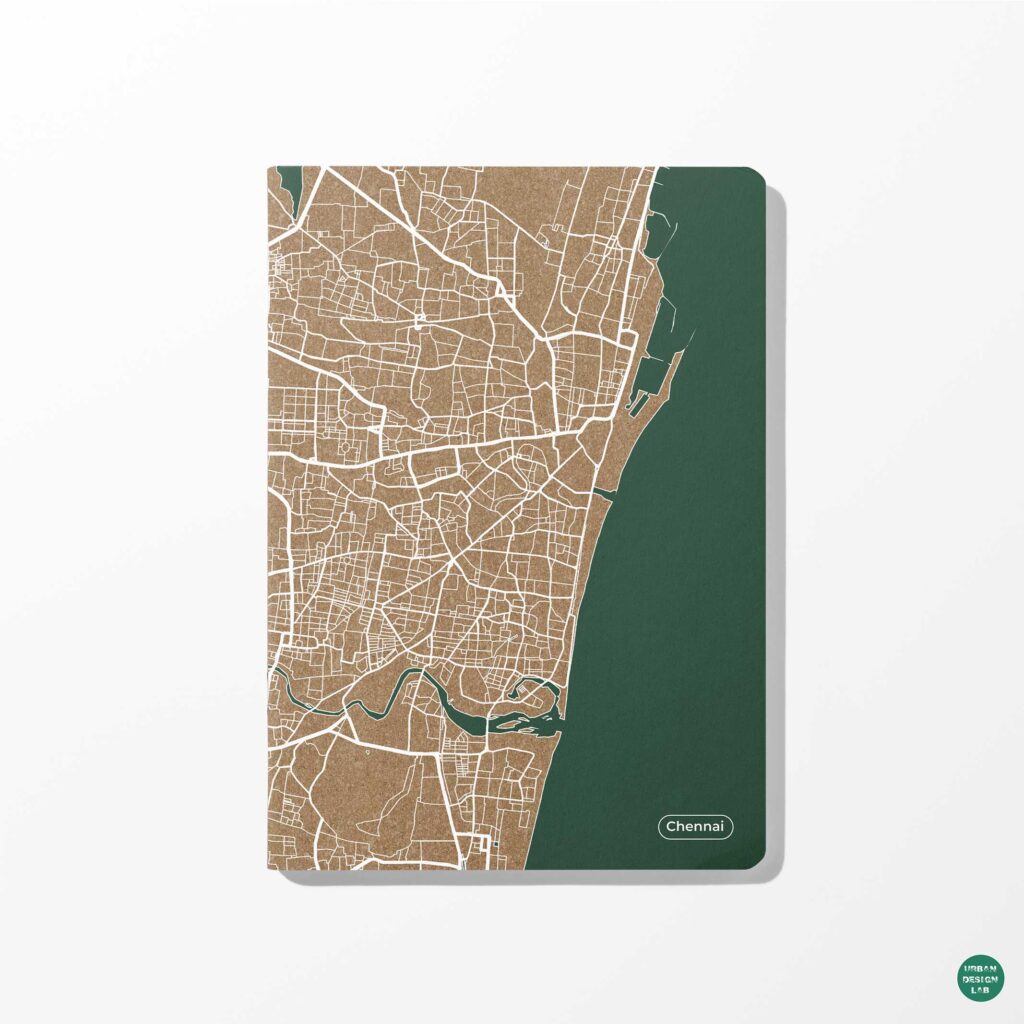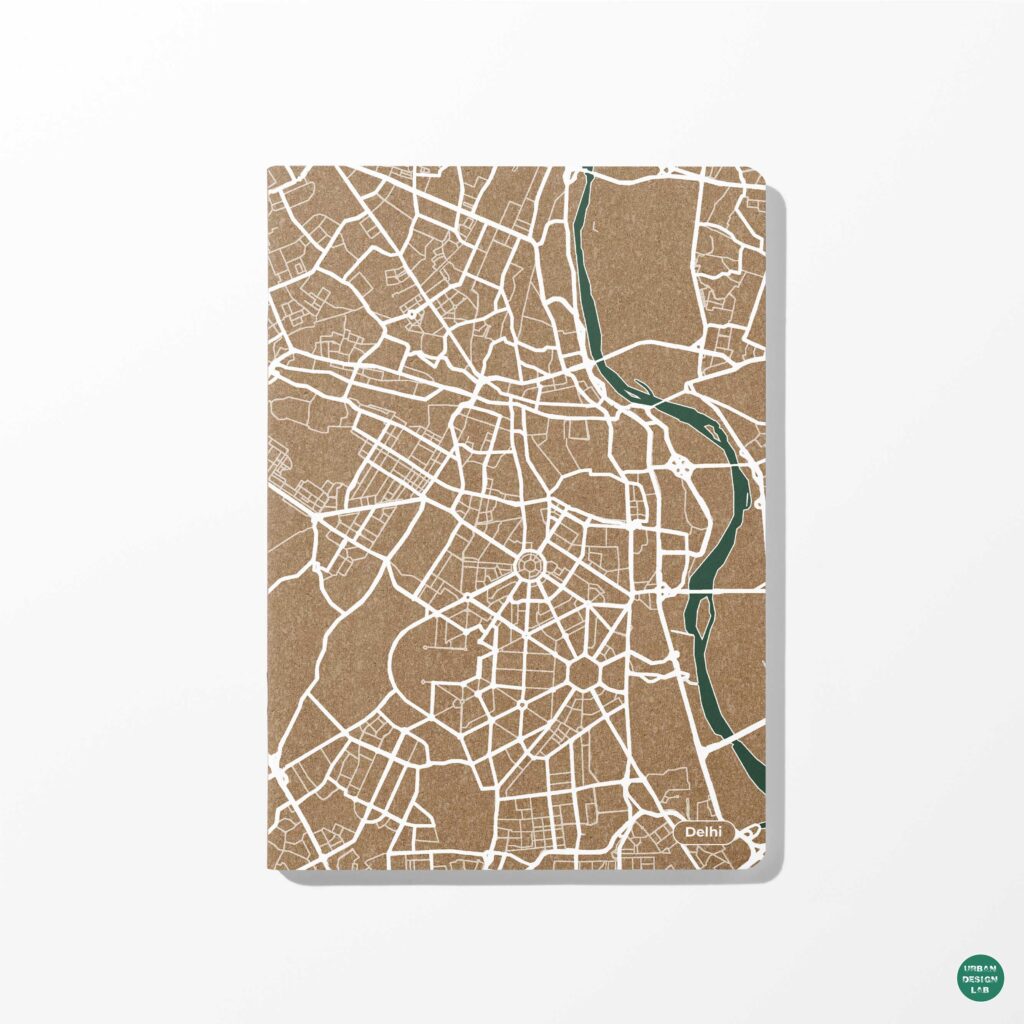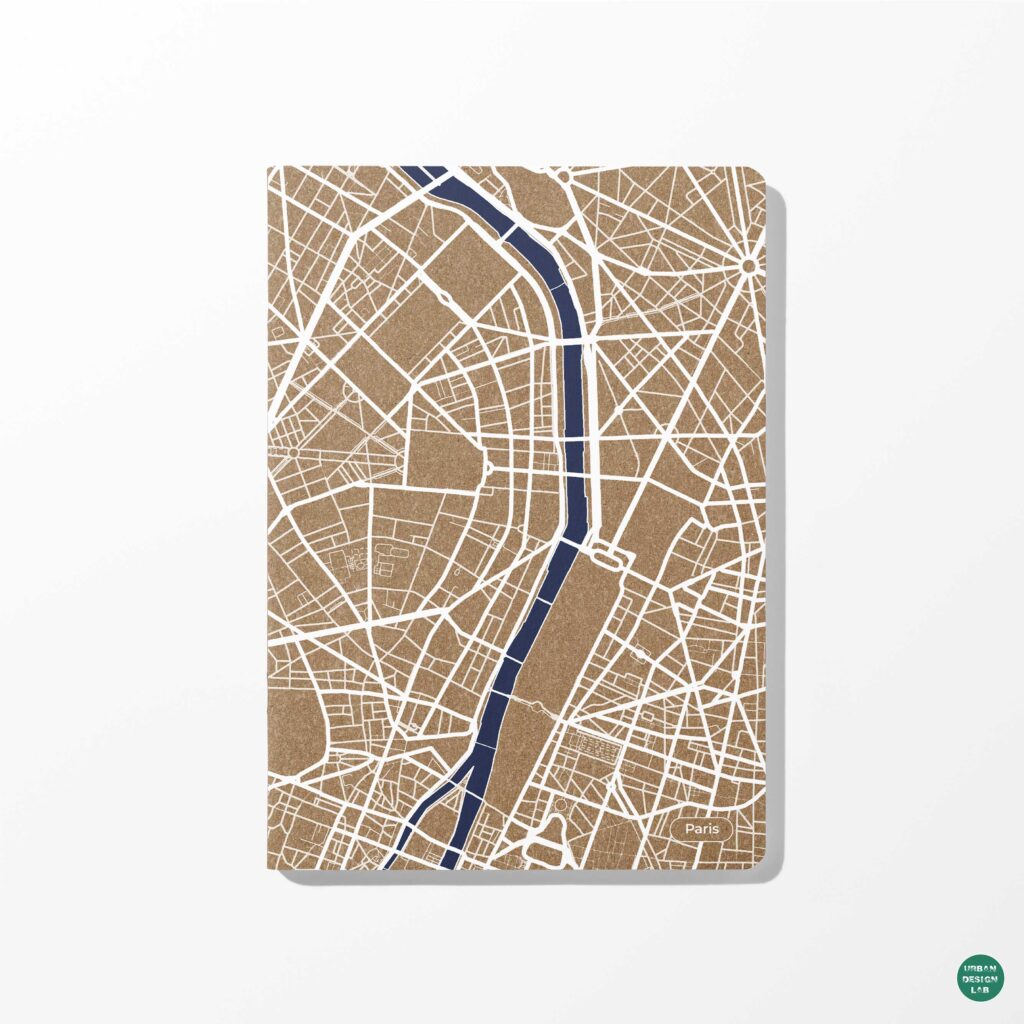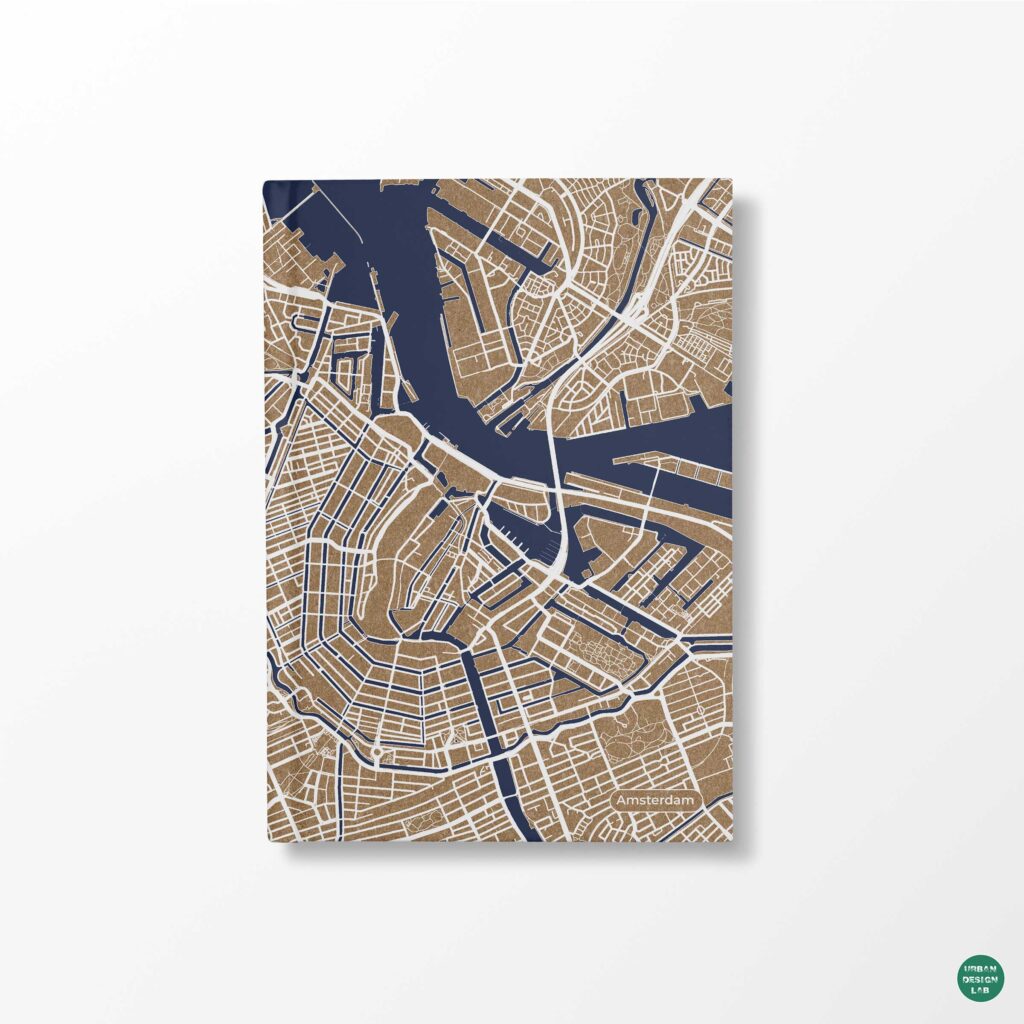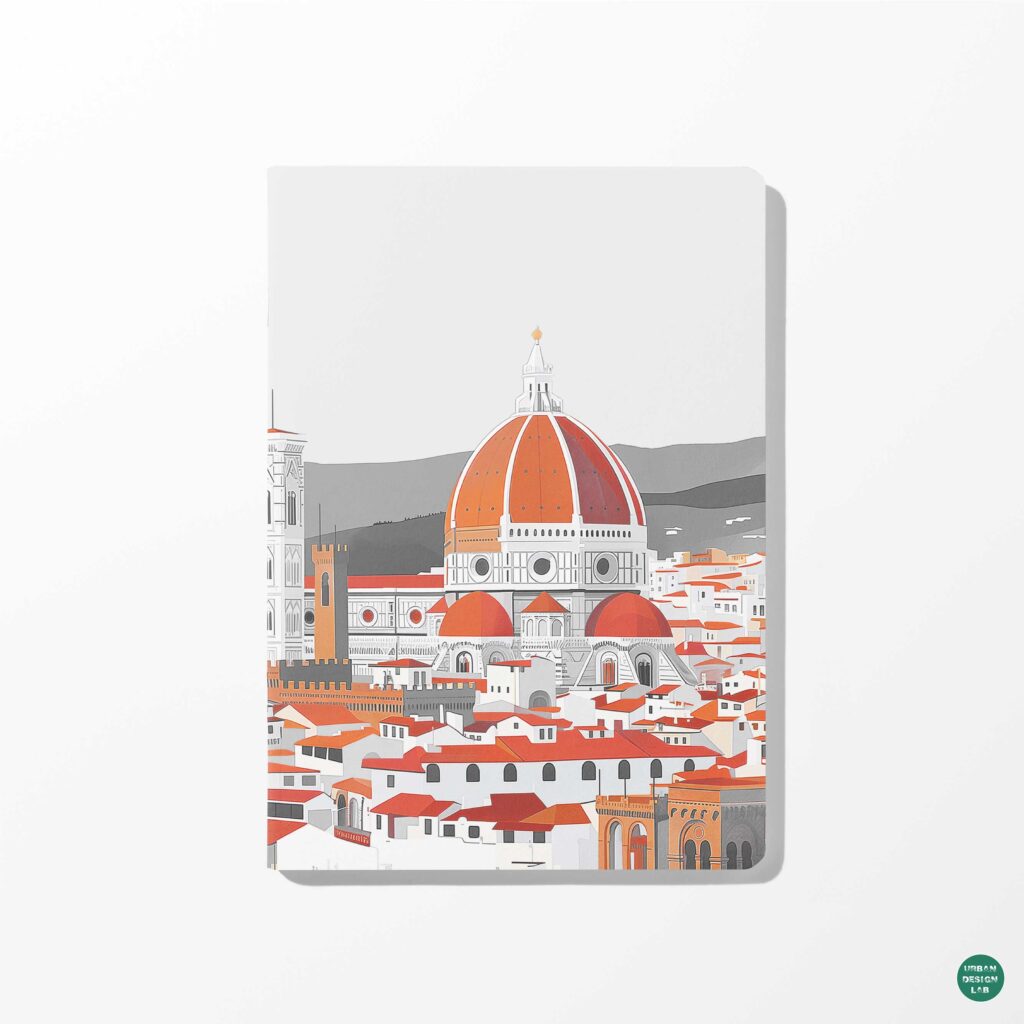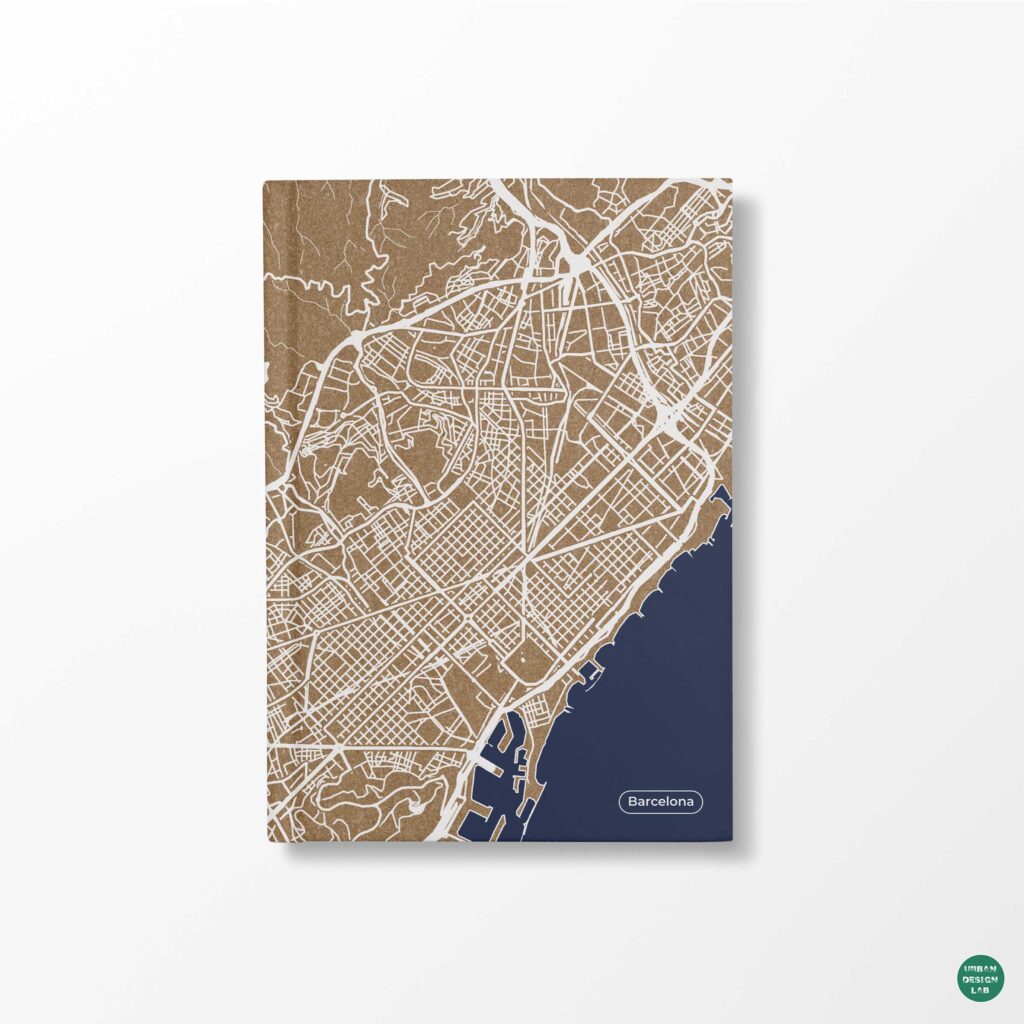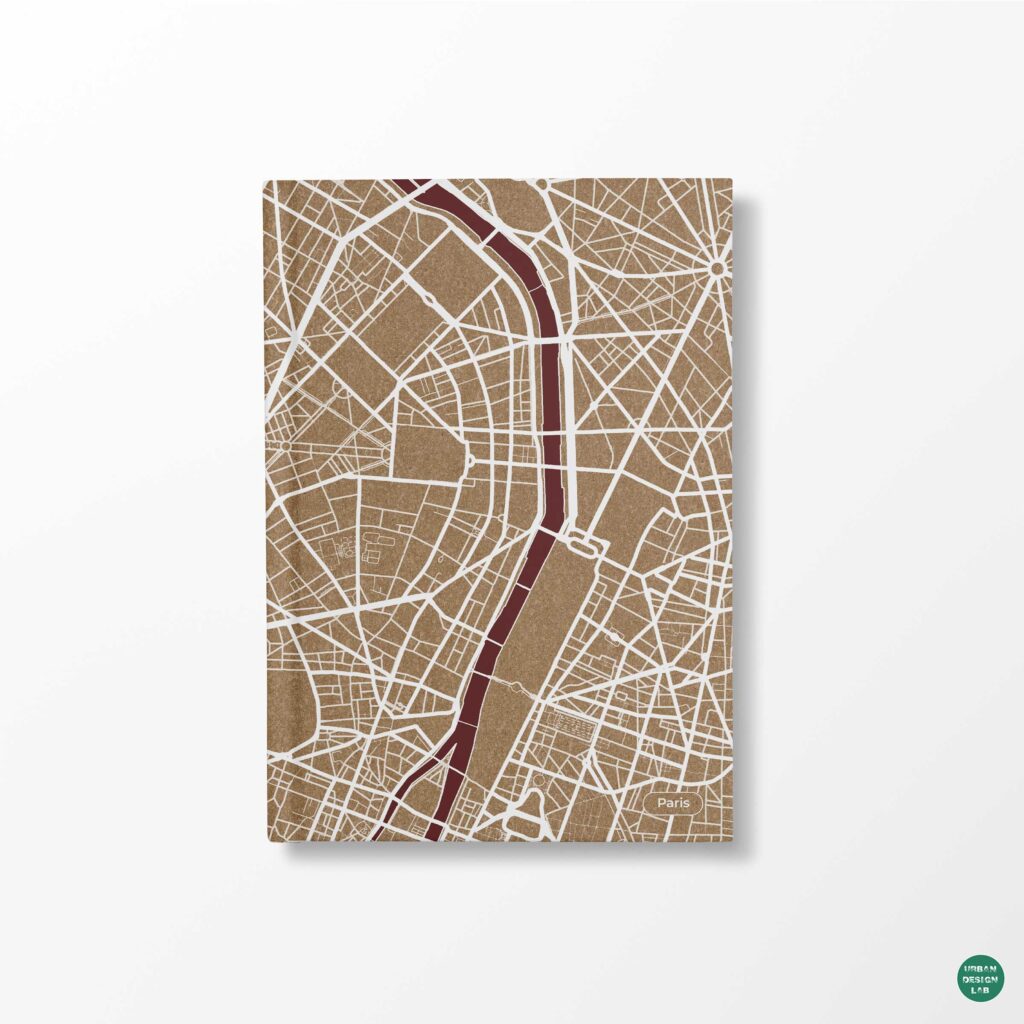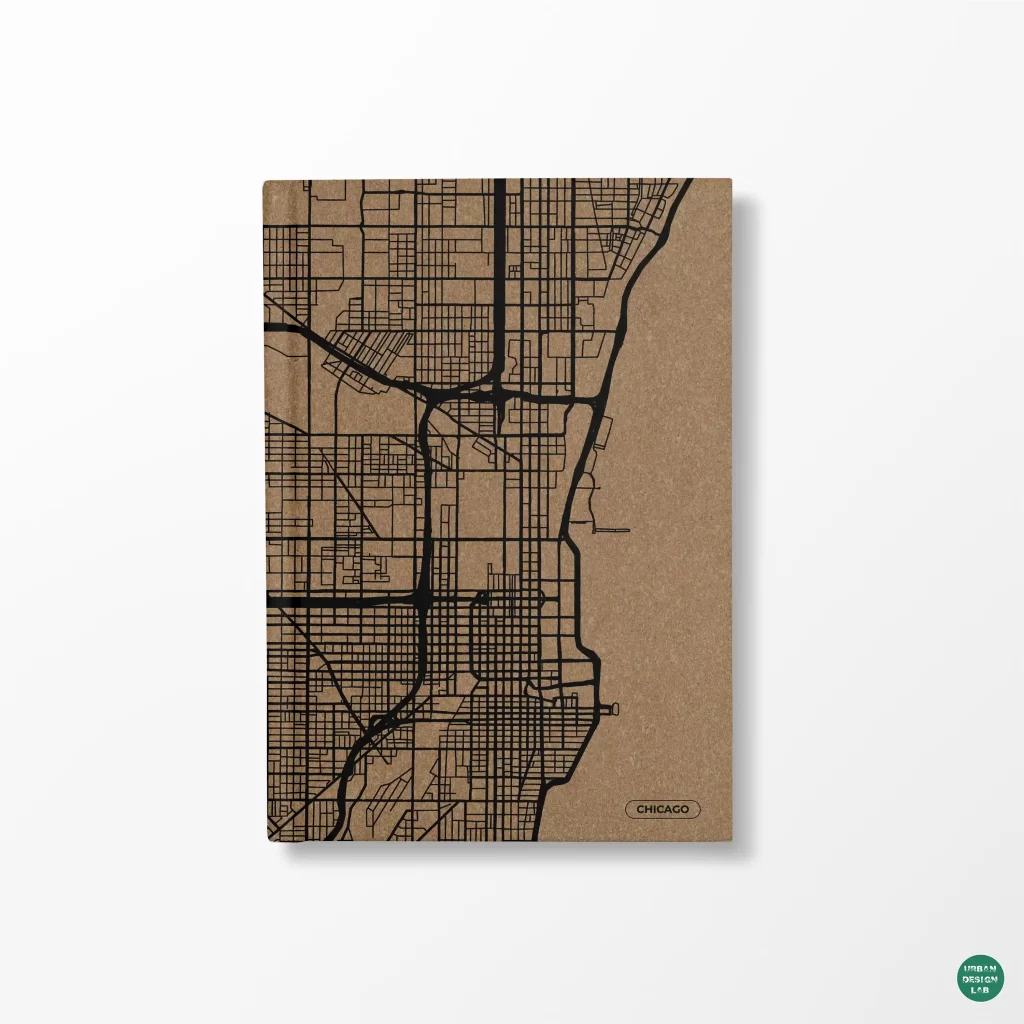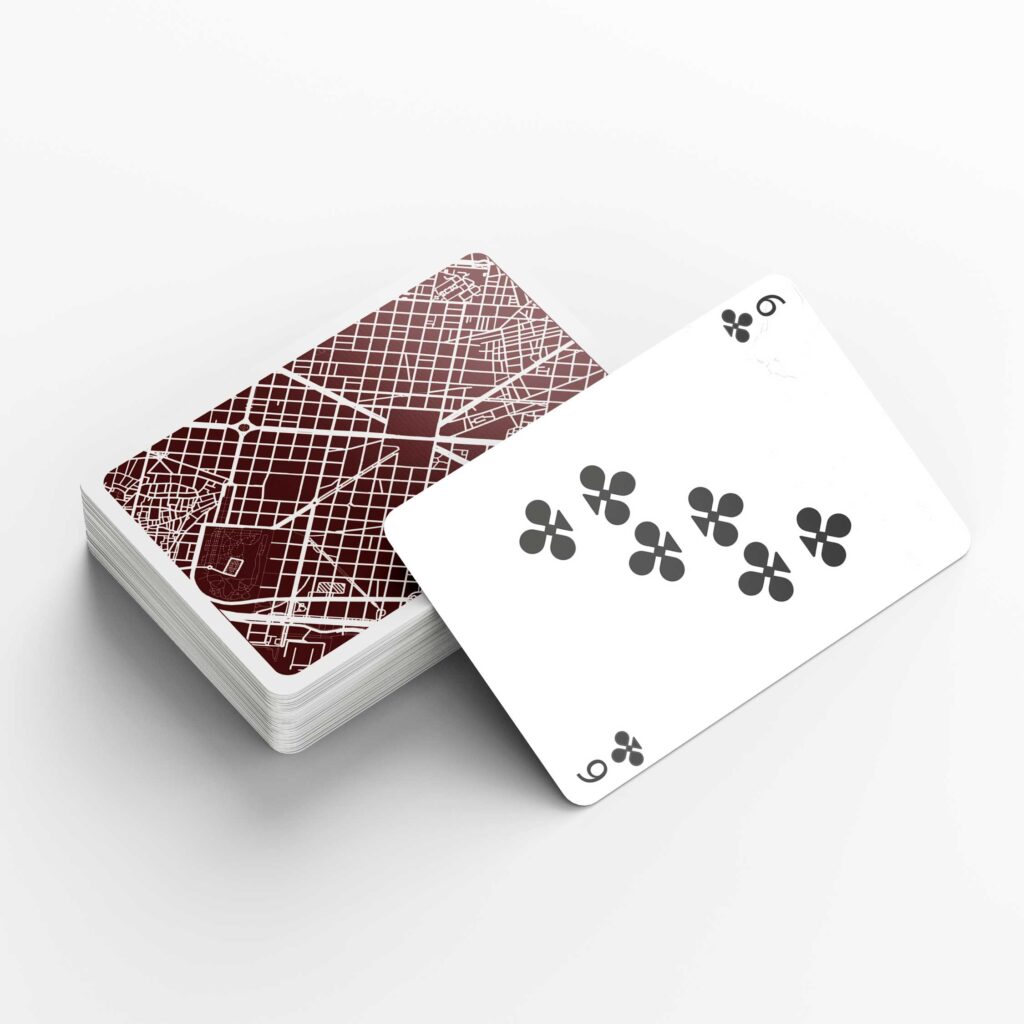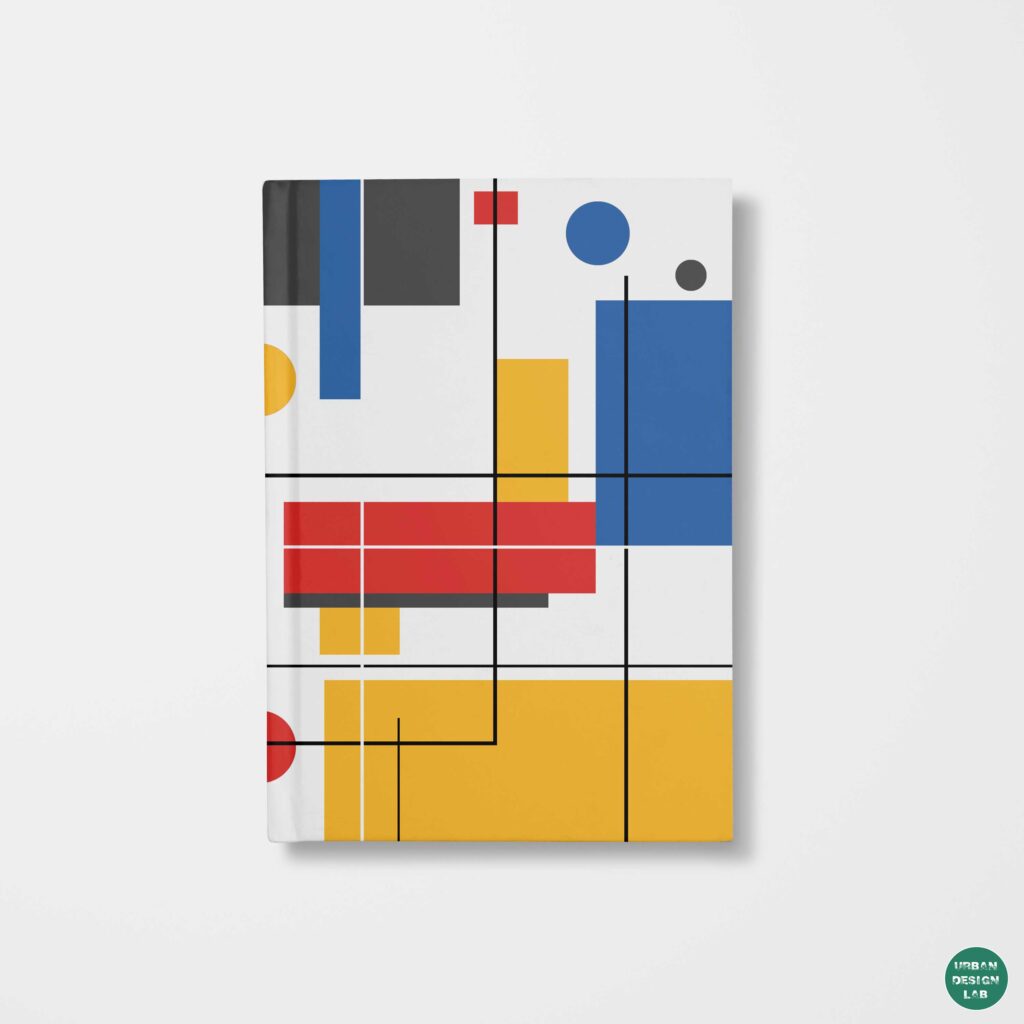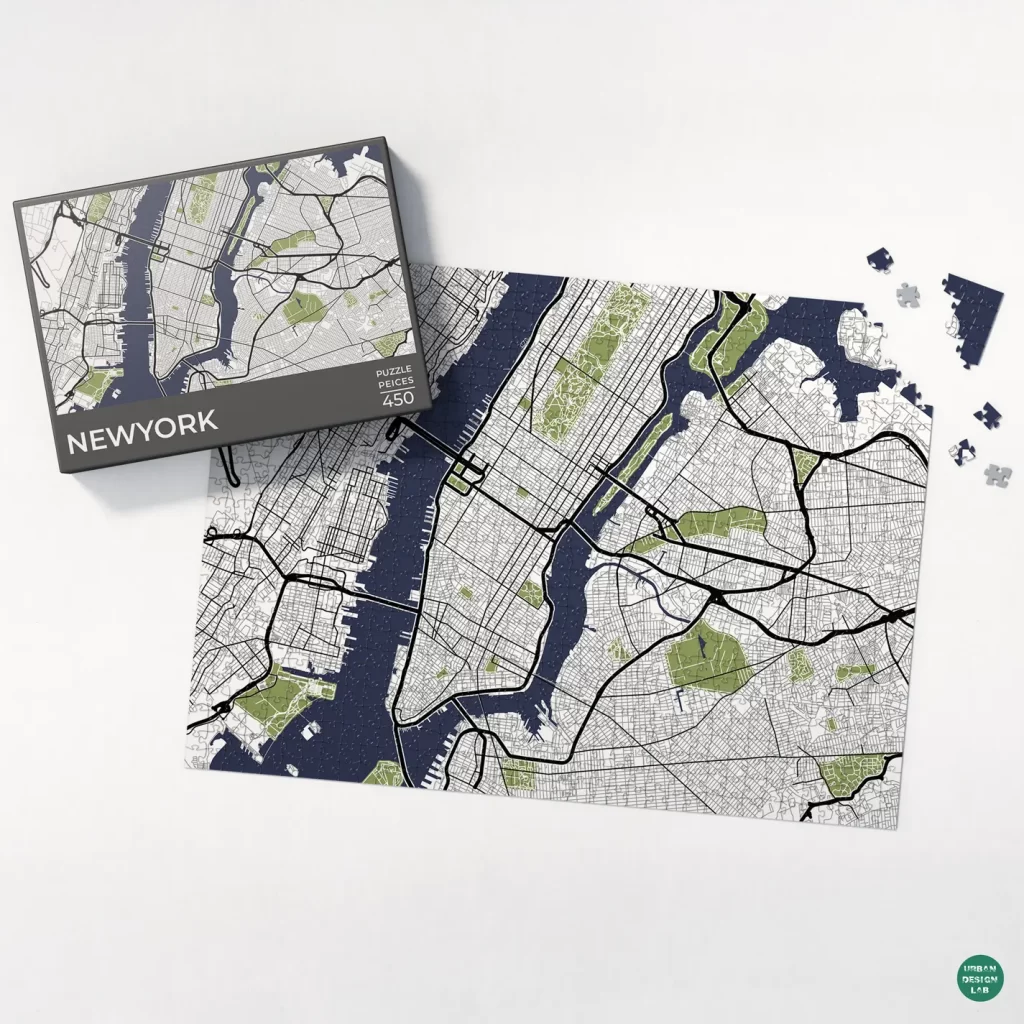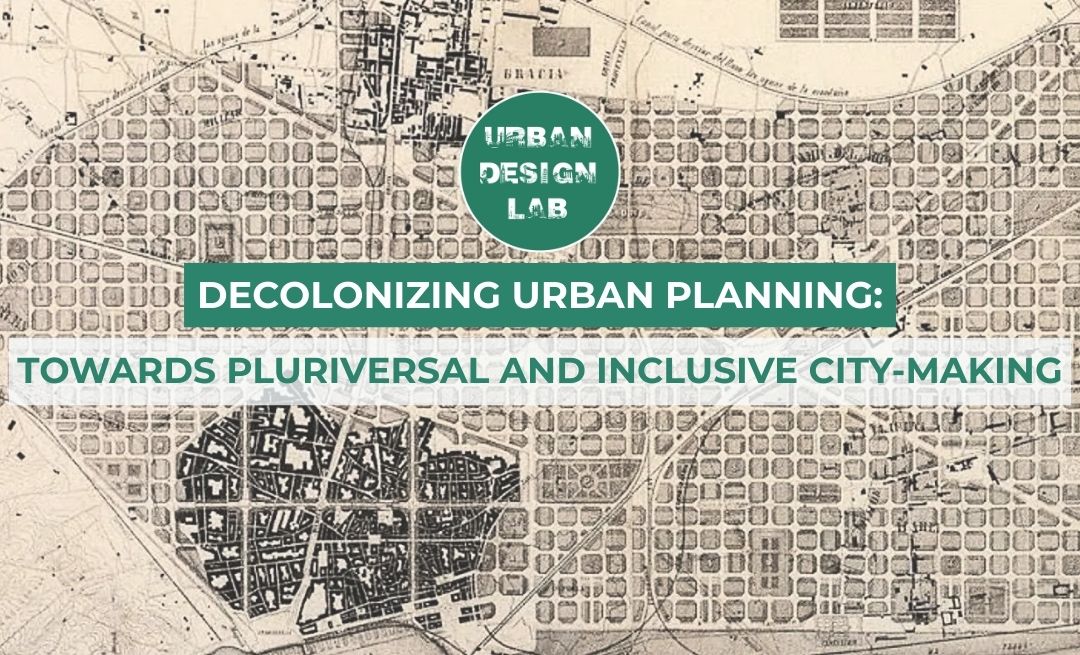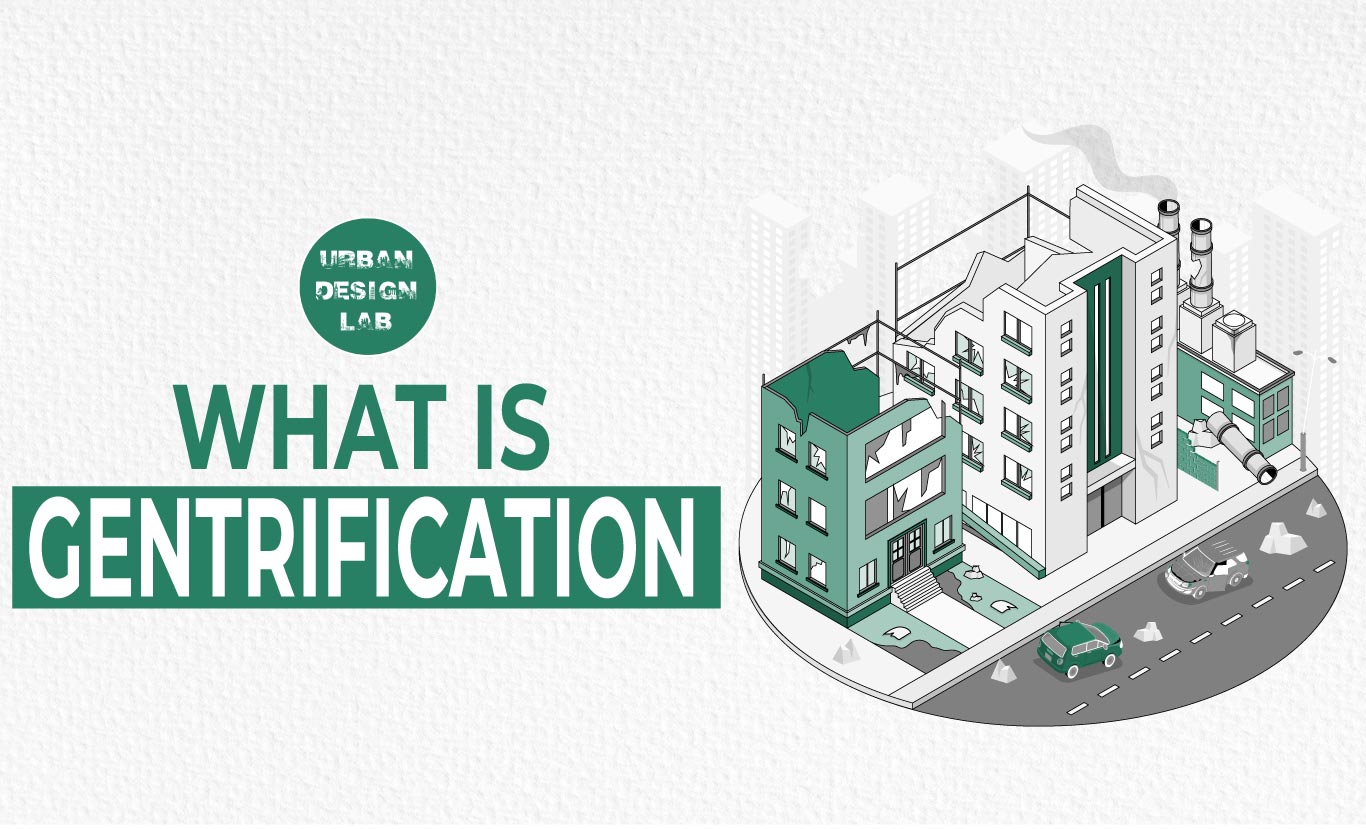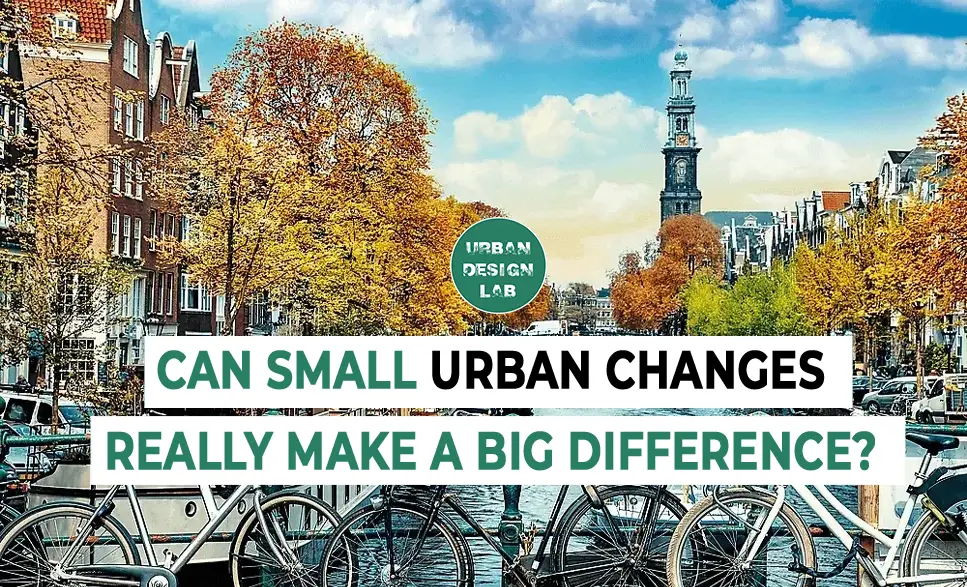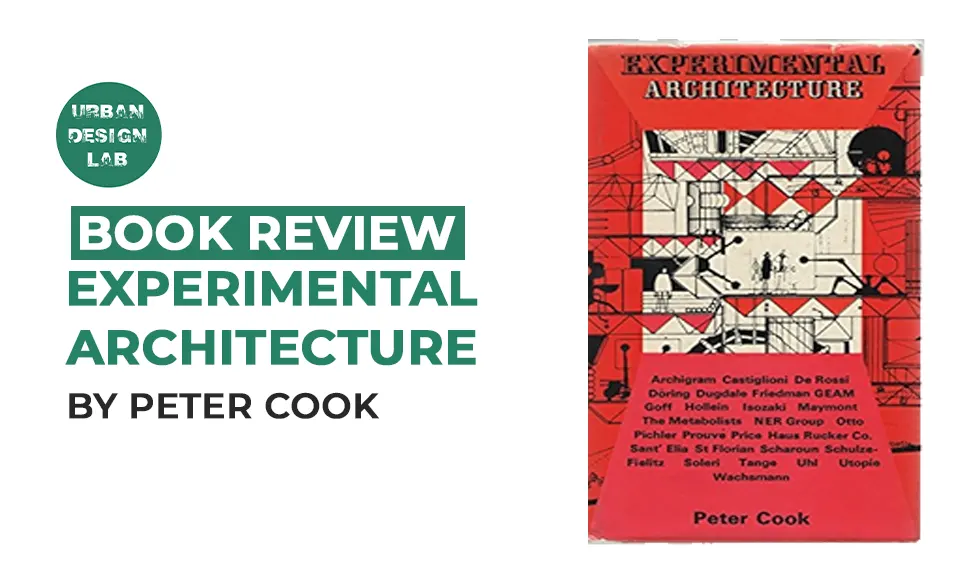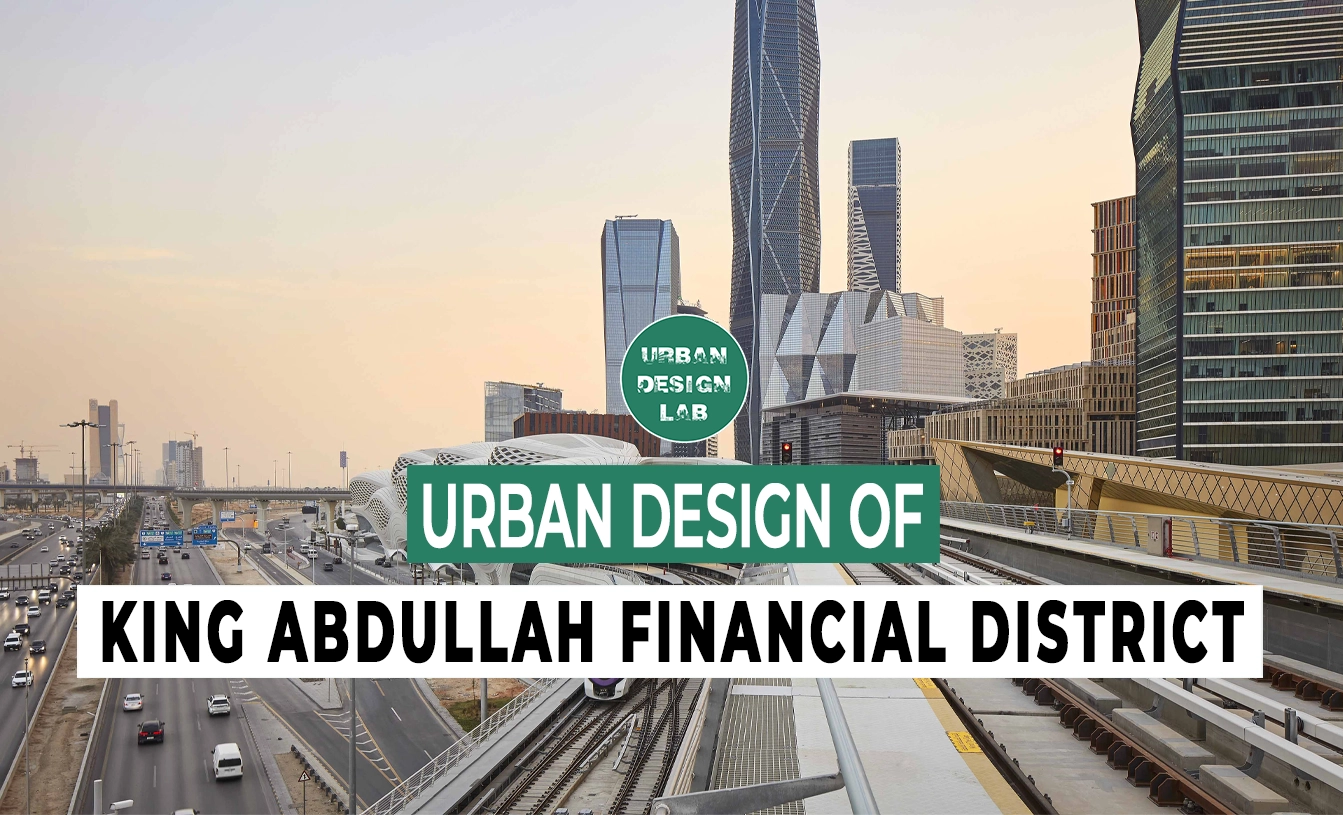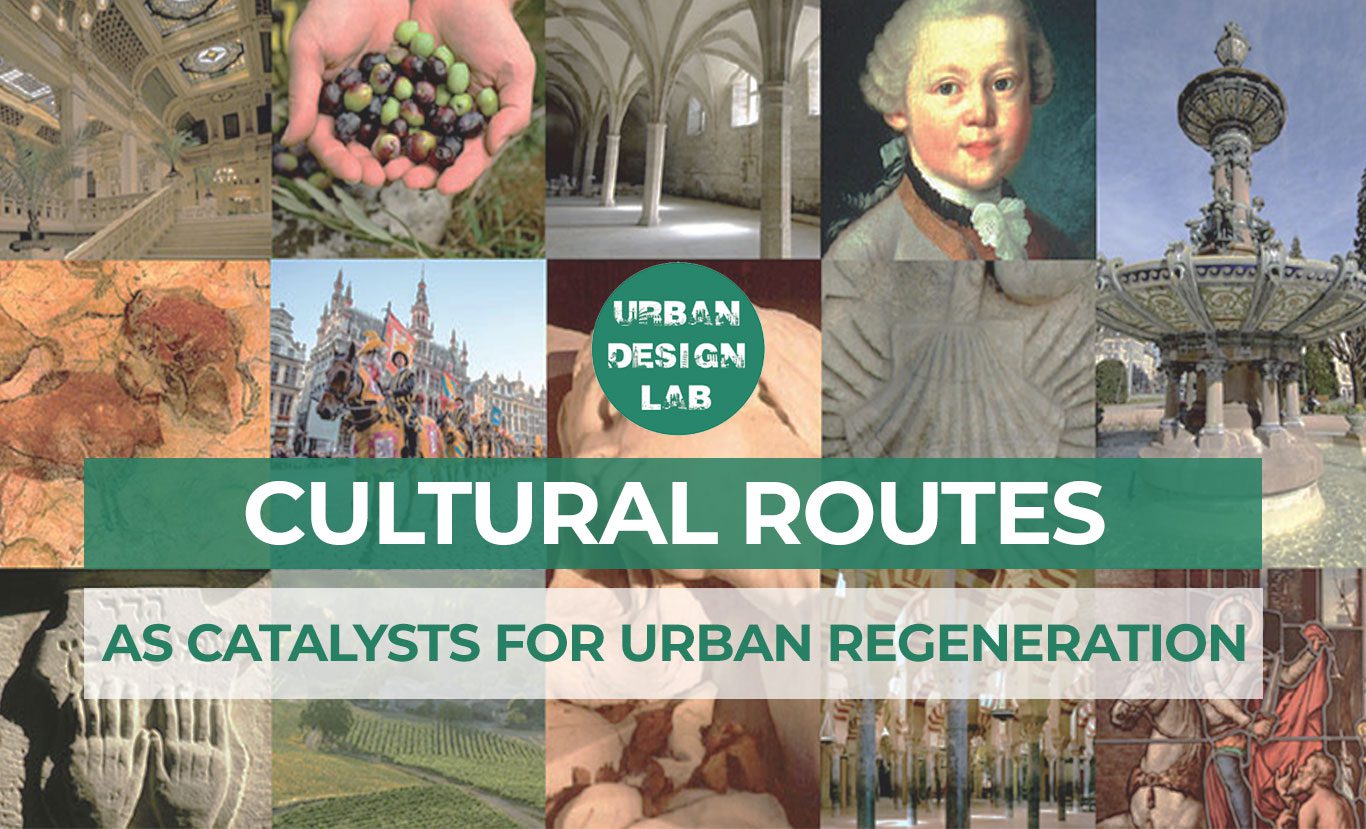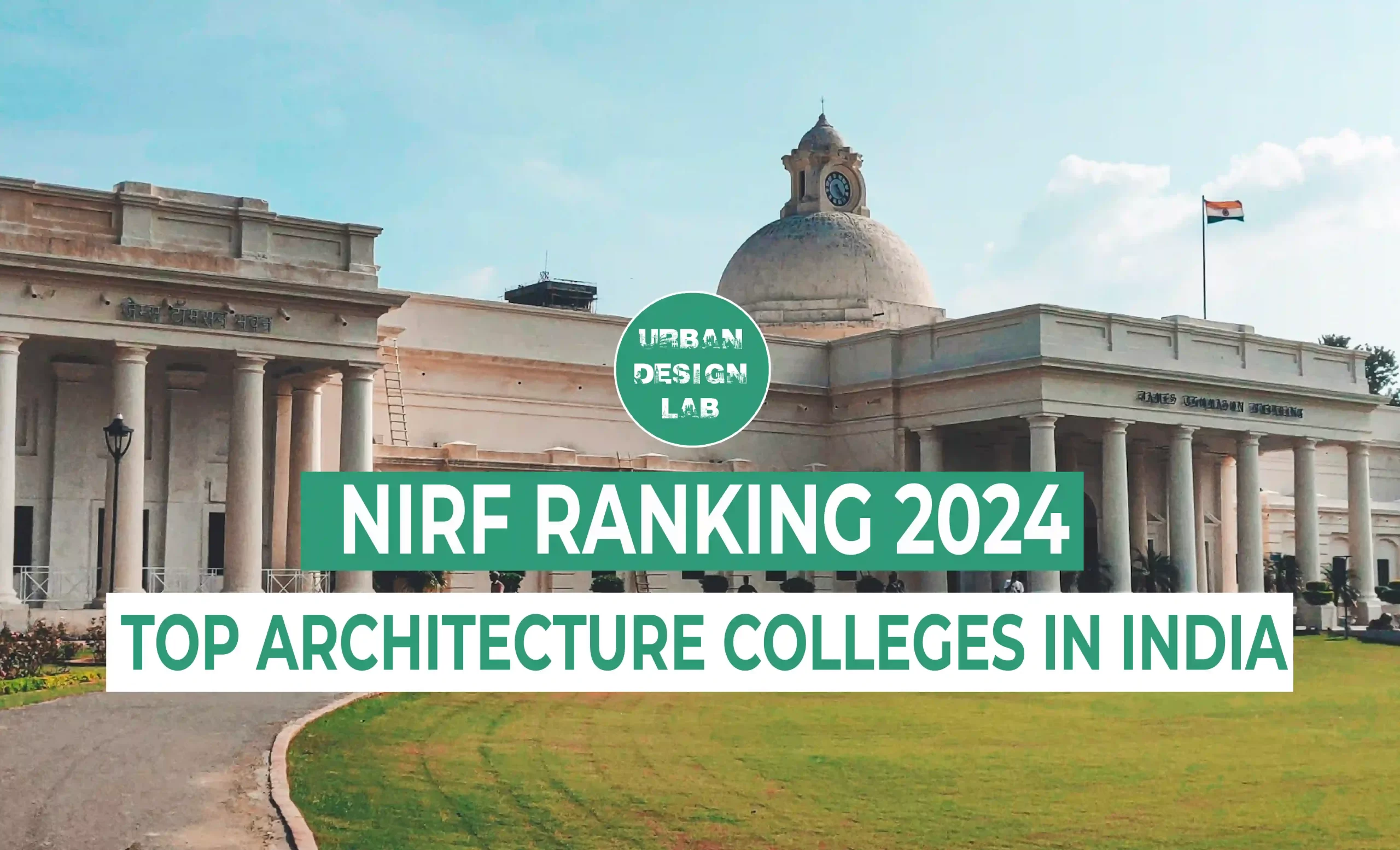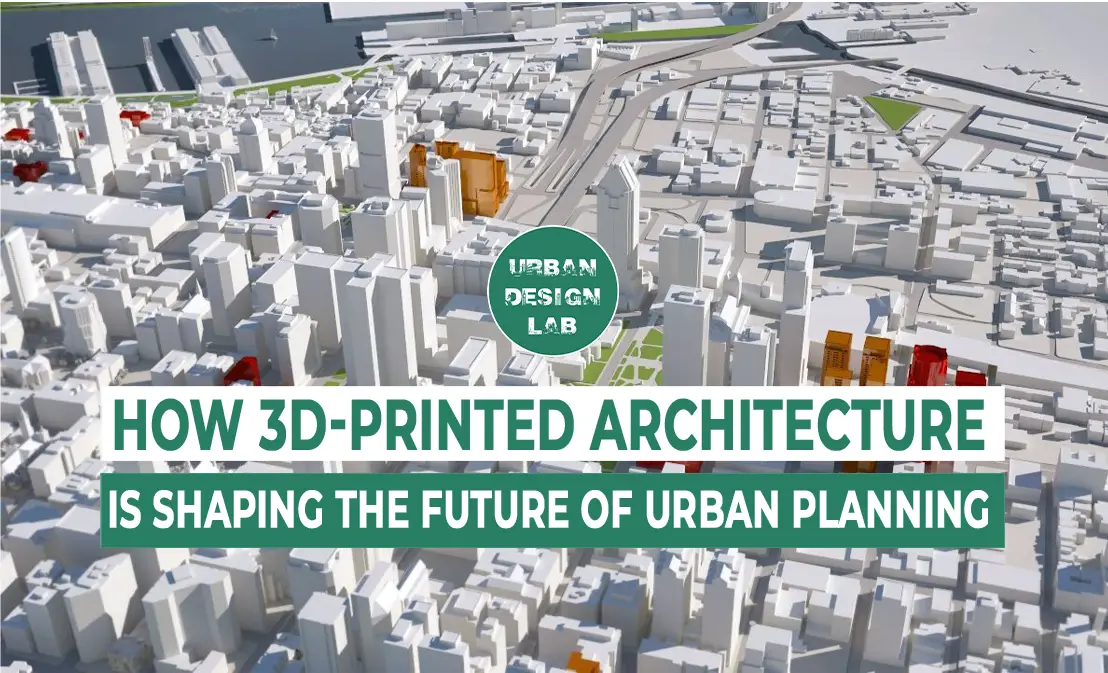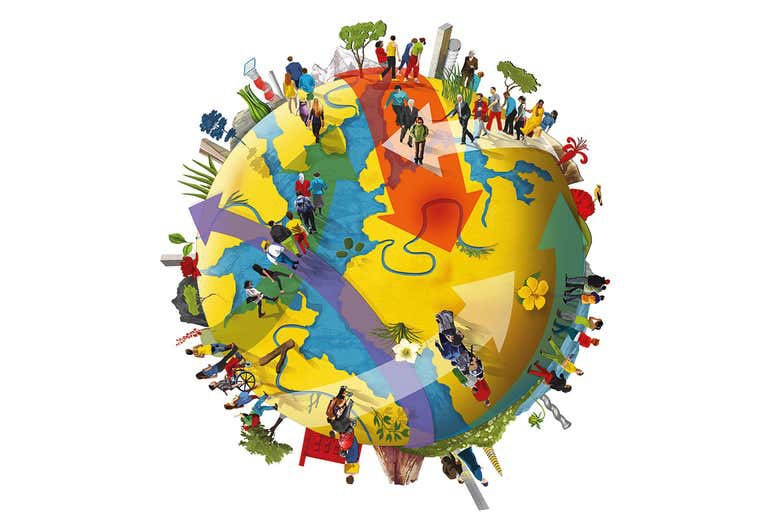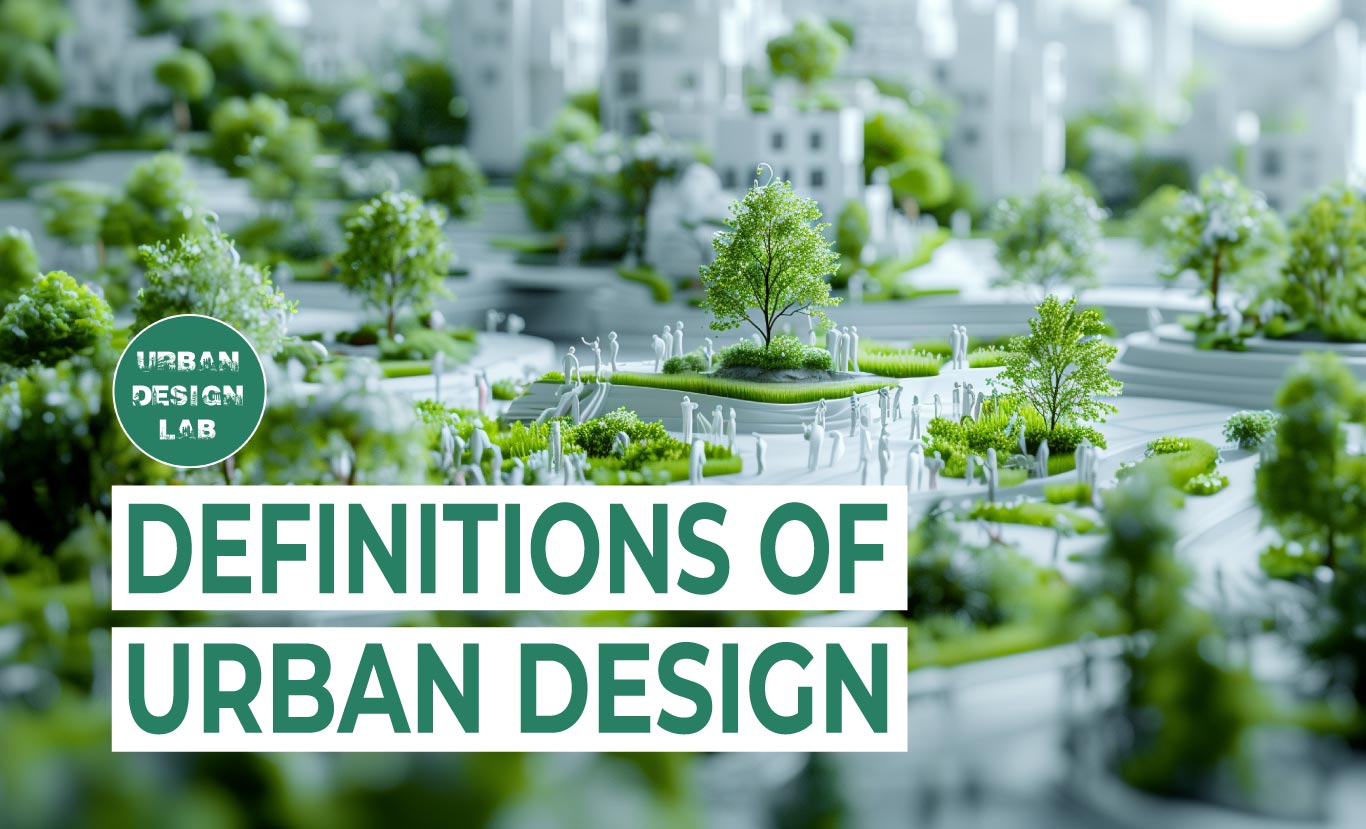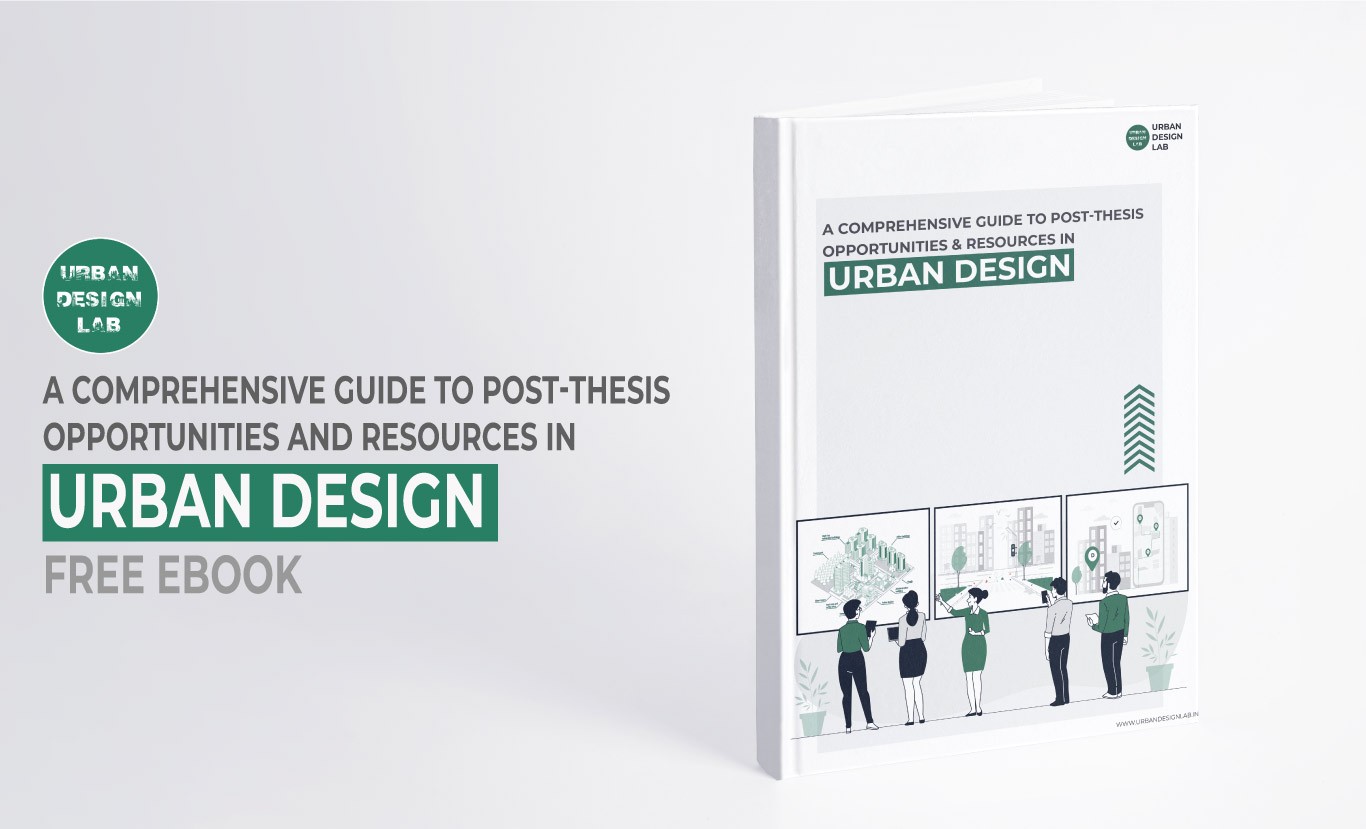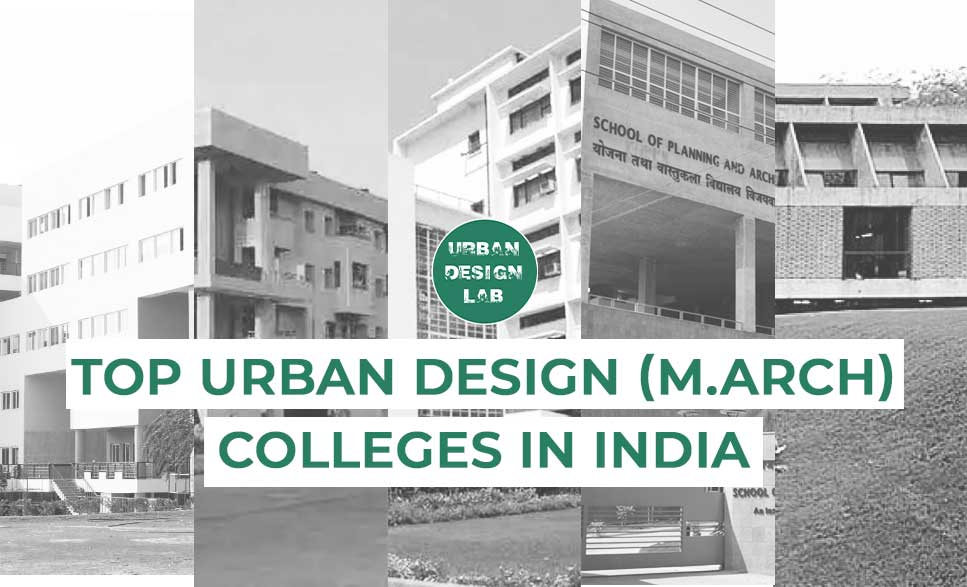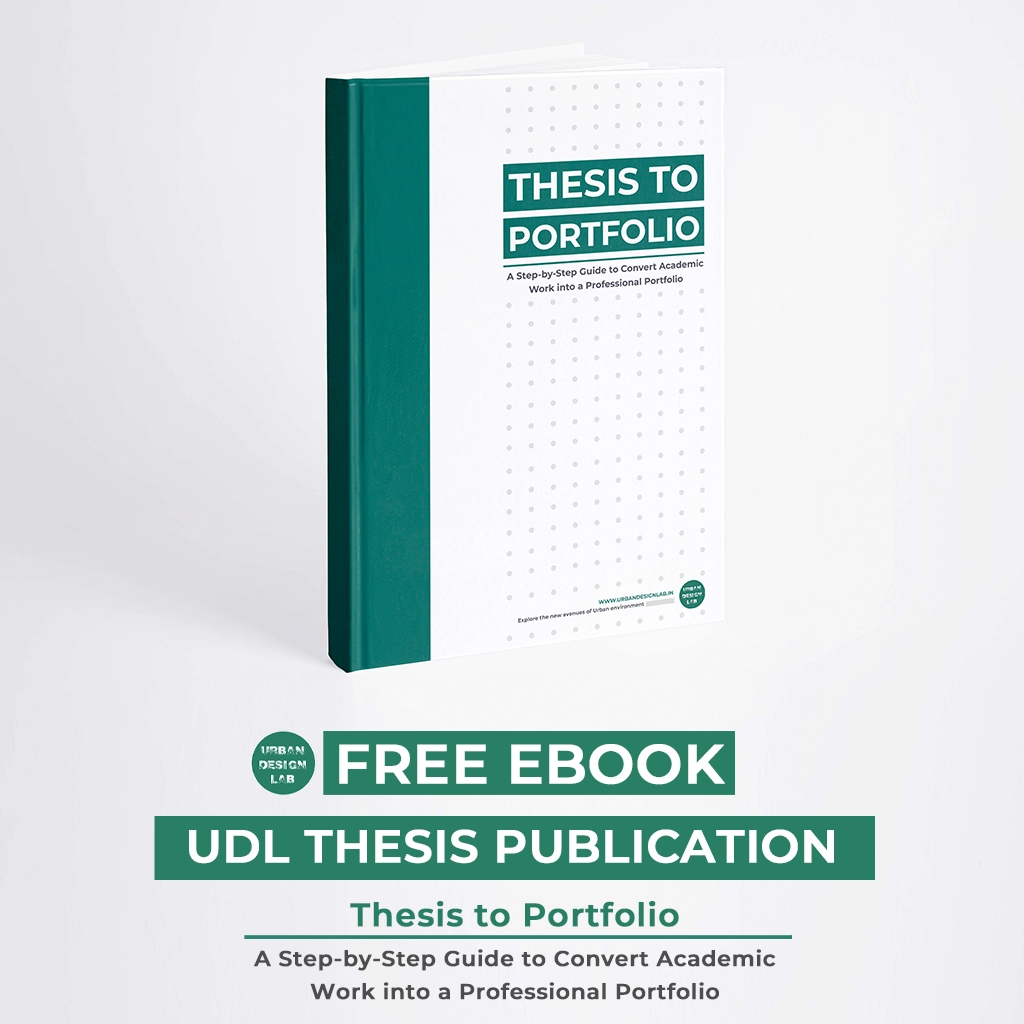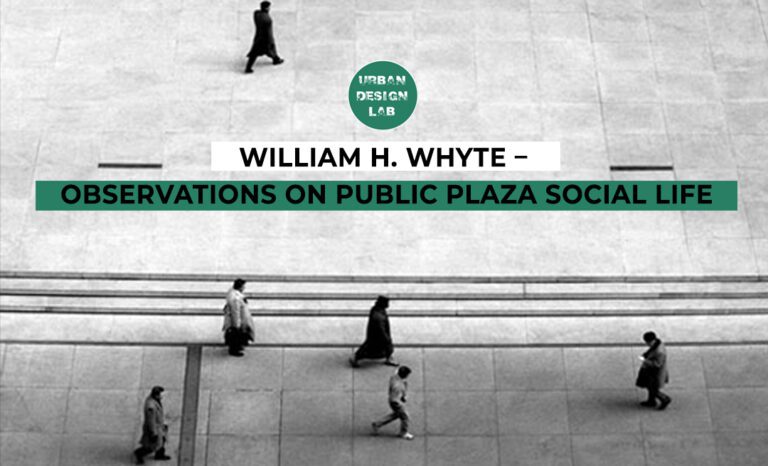
How the High Line Transformed Public Space in New York City?

Urban revitalization is defined as the transformation of abandoned urban areas, reconfigured into habitable and functional spaces that ensure a better quality of life for its residents and visitors. One of the best examples of such transformation is the High Line in New York City. Initially built in the 1930s as an elevated rail line for freight transportation, the High Line became obsolete in the 1980s and fell into disuse.
In the late 1990s, community activists Joshua David and Robert Hammond began working to renovate the structure and turn it into a public park. Opened section by section as of 2009, the park combines natural and urban elements to merge in a way that has a chain of green spaces lined with art installations and cultural appeal.
The High Line has had notable effects on the local community with regard to increased property values, tourism, and recreation. It also became a model for innovative urban design and proved to be a model of successful community engagement and could therefore act as a model for future urban revitalization projects around the world. This article assesses the overall success of the High Line, its design, and its contributions to community well-being.
The Vision
The vision they provided for the High Line was one in which the building structure and the industrial heritage were preserved, but also fostered a lively urban oasis. This ambition gave birth to the Friends of the High Line, a non-profit who would later attract public support and funding. Guided by innovative design and community engagement, active development shaped the celebrated urban park that would become the High Line.
The High Line’s blend of natural and urban elements has created a chain of green spaces adorned with art installations and cultural attractions that greatly enhance the cityscape and community life within. By conserving the old character of the line itself and integrating modern designs, the project has reworked an otherwise forgotten area of the city into a pulsating public space that offers a rich experience to millions of visitors annually.
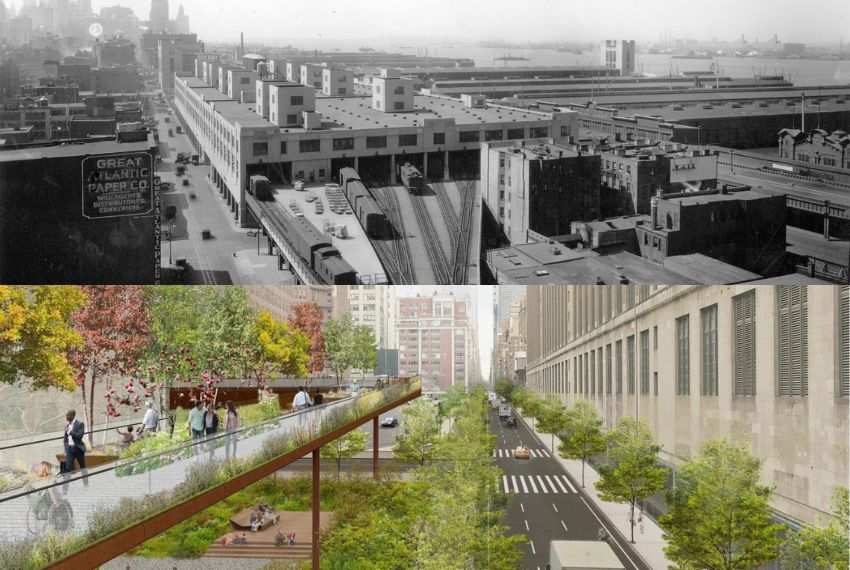
Design and Architecture: Blending Nature and Urban Fabric
Designed by James Corner Field Operations and Diller Scofidio + Renfro, the High Line represents quite simply one of the best examples of innovative landscape architecture. The section covers design features that allow for the seamless integration of natural and urban environments with native plant species and adaptive reuse of industrial infrastructure.
This linear format creates a High Line park elevated above the city, offering views of New York from a totally different angle. The clever design not only aids the historic and industrial feel of the rail line, but also creates a lively public space that enriches the urban experience.
The character of this park is created through its various plantings, which were inspired by the wild vegetation around the abandoned tracks, and a careful selection of materials and features. The High Line is a landmark project in the renewal of urban space through innovative design and offers a green space in the middle of the city, bringing people closer to their surroundings.
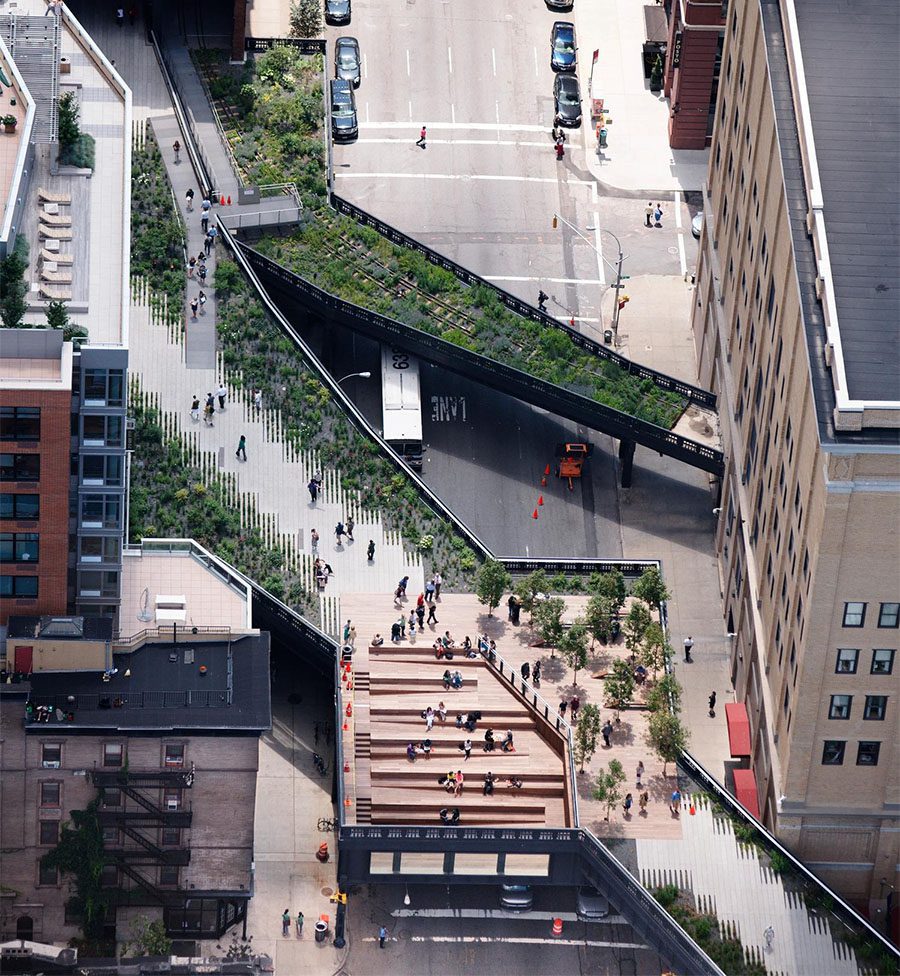
Source: Website Link
Step by Step Transformation of the High Line
The High Line was redesigned as an urban space through a variety of sequential phases that were instrumental in its rejuvenation and the resolution of other design issues.
- 2006: Construction of Section 1 begins with the removal of steel rails, gravel ballast, soil, and debris for structural repairs and waterproofing. Marked and stored railroad tracks were later reused in the landscape.
- 2008: Construction of landscaping, trails, access points, seating, lighting, and planting.
- 2009: Section 1 opens to the general public; a new change to the landscape and public open space begins.
- 2010-2011: Section 2: Opening, further expanding the park’s scope.
- 2014: Final phase completes, giving it its current length.
The gradual development has allowed for continued community involvement and incremental improvements. An obsolete industrial relic has been transformed into one of the most dynamic public open spaces. By integrating natural and urban features with preserved historical characteristics and beautifying it with modern design, it has become a sustainable and attractive environment for both residents and visitors.
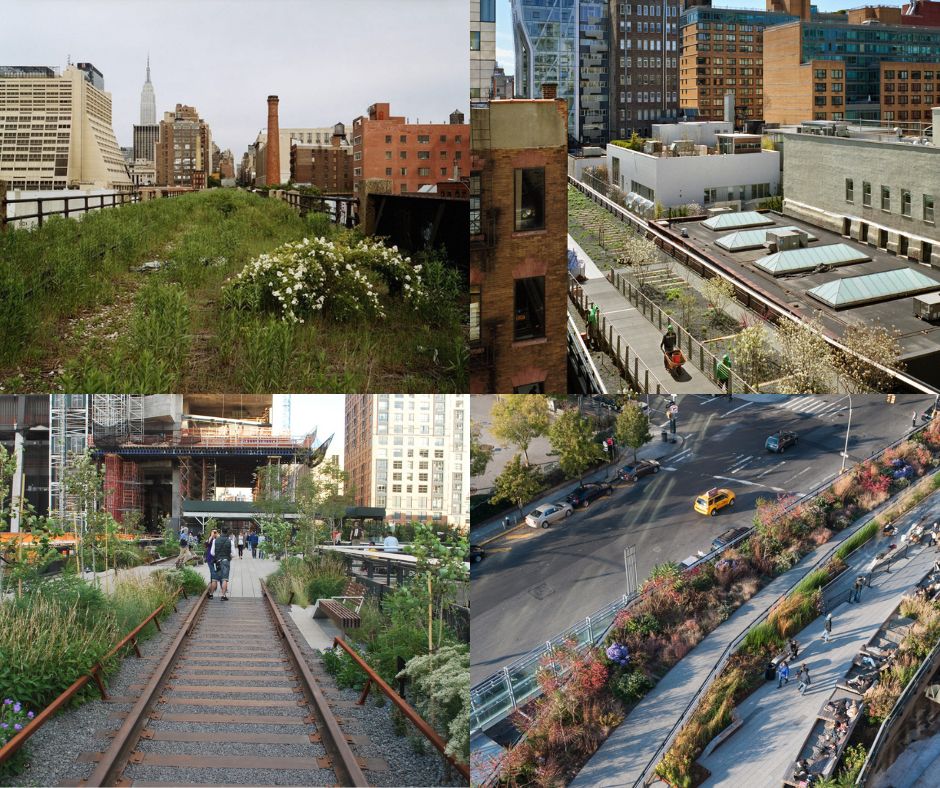
Urban Ecology and Sustainable impact
Located in the heart of Manhattan, the park acts as an important ecological factor in the vast urban environment. More than 500 species of trees, shrubs and grasses have been planted in the project, helping to preserve biodiversity by attracting birds, insects and other wildlife. As well as being a habitat for diverse species, these open green spaces are part of the urban microclimates. The vegetation cools the surrounding air, thus minimising the city’s urban heat island effect and offering people an escape from the city’s scorching heat.
Sustainability is a core principle in the design and operation of the High Line. It is managed organically, meaning no synthetic chemicals are used to ensure the safety of plants and visitors. This park adopts some green infrastructure components, including:
- Rainwater harvesting systems
- Permeable walkways that allow rainwater to filter through
- Energy-efficient lighting
- Use of recycled and locally sourced materials in the construction process
The High Line is shown as a novel alternative, not only to improve the quality of life of the city’s residents, but also demonstrates that green spaces in urban areas can play a very essential role in environmental management.
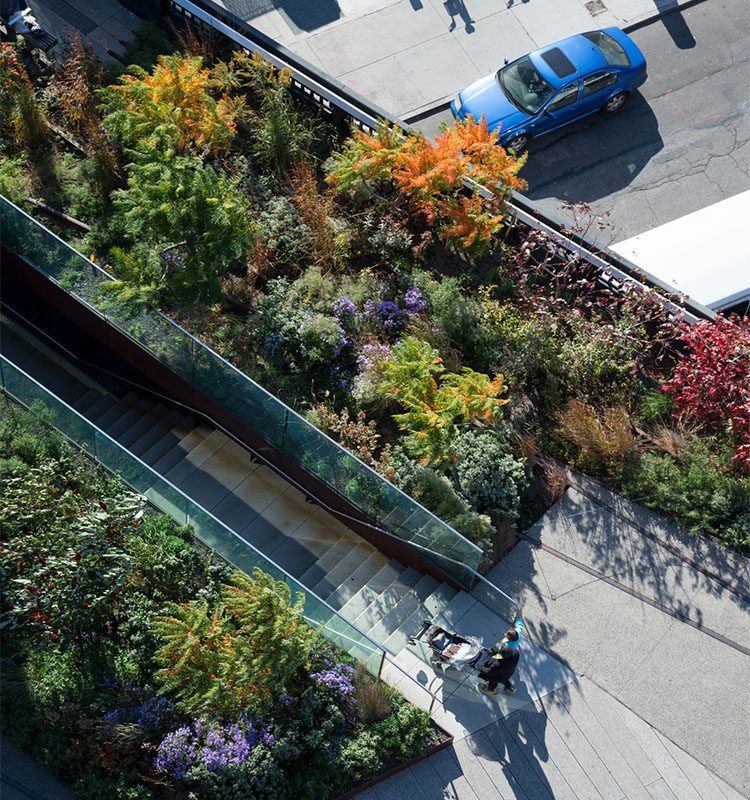
Community Engagement
The nonprofit Friends of the High Line, founded by community members who recognized the need to transform this space, is the main social actor in the project intervention. Their efforts, based on fundraising and lobbying with city officials, transformed what seemed like an impossible idea into reality, thus becoming a model for how collective action can remake the urban environment.
The High Line’s influence on the surrounding neighborhoods has been profound, it has revitalized the area and boosted local economies. It has increased property values in the area, brought new businesses to the community, and created a cultural and social epicenter of activity.
Today, the High Line has become a space with cultural programming and public art that enrich the lives of neighbors. It continues to engage the public through events, volunteer programs, and workshops, ensuring activity and inclusion. The dedication to maintaining an ongoing commitment to community engagement is what keeps the park dynamic and responsive to the needs of its visitors, being a living testament to the potential of what can be achieved when a community unites under a shared vision.
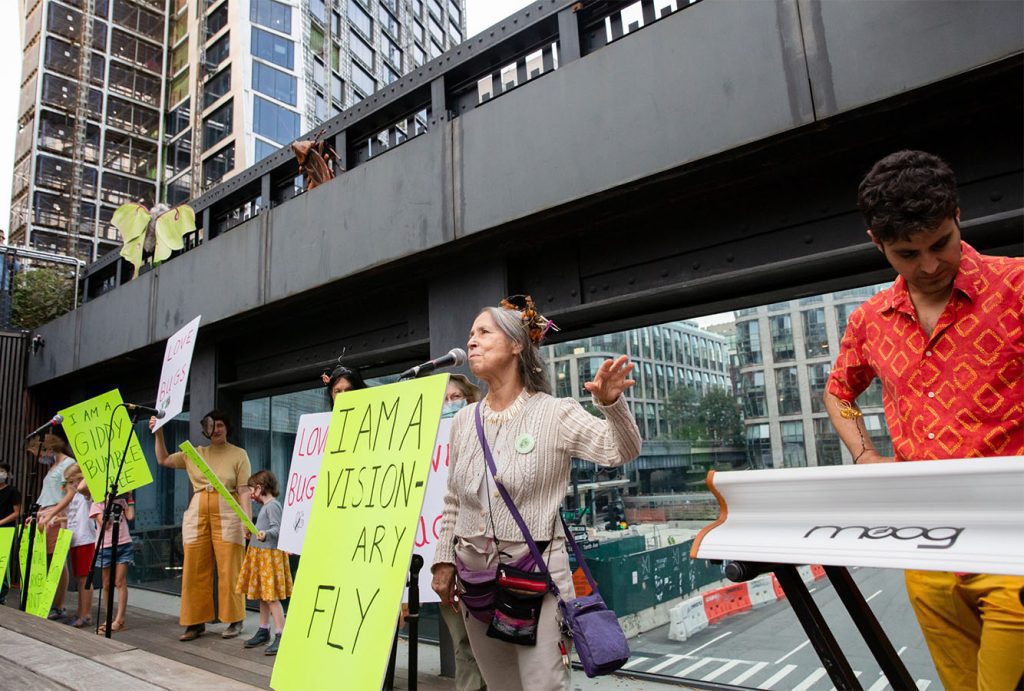
Boosting the economy
The High Line redevelopment has greatly contributed to the local economic development by transforming an underdeveloped area into one of the most vibrant and sought-after neighborhoods in Manhattan. It started unleashing a wave of high-end real estate developments targeting apartment buildings, office blocks, and retail stores, which seriously inflated property values and thus established this area as one of the most attractive spots in Manhattan.
The High Line has also spawned a host of new businesses, including boutique shops and trendy restaurants designed for both locals and visitors. By means of its design uniqueness and cultural appeal, the park altogether becomes a magnet for visitors, further boosting local economic growth through more tourism.
However, it has also been the cause of some problems, particularly with concerns about gentrification. Massive property value increase and higher-income residents beg questions around the displacement of long-time community members and change of character of a neighborhood. High Line’s impact underlines this complex dynamic of urban renewal, balancing economic growth and community preservation.

Shaping the Future: Redefining Urban Parks
The High Line has taken the idea of an urban park to a whole new level by setting an example of this new type of urban park, transformed from unused land into vibrant public spaces. On a critical level, it shows that with creative design, active community involvement and a commitment to sustainability, even unusual places can be transformed into urban oases. In growing cities, the High Line is a beacon for urban regeneration and the preservation of cultural and natural heritage.
Its influence extends beyond New York City, showing cities a new way of looking at their own space. The principles of the High Line — community-oriented planning, ecological sensitivity and creative design — are now echoed in current urban planning and park design around the world. As urban landscapes continue to evolve, the High Line will always be at the forefront of how deep, inclusive development can shape the future of urban landscapes.

Conclusion
‘The High Line’ is a fine example of how an overlooked part of the city can get transformed into a regenerative project with an effect that reaches deep into the community and influences the city at large. This elevated park, once a forgotten trend-setting public passage, will redefine the outlook of Manhattan and emerge as an international model for urban renewal.
The design of High Line is a unique synthesis of creativity, sustainability, and citizen engagement. It did not simply revive an exhausted and forgotten physical space but also spurred the local economy. While confronted by challenges like gentrification, the High Line stands as a leading example of how public spaces might be reinvented for the good of communities.
The High Line perhaps works most importantly to prompt new reflections on forgotten spaces within cities. It is a pioneering and significant project that gives an idea regarding how collaboration and vision can transform something very ordinary into something extraordinary, because basically, one holistic approach can change the quality of life in a city.
References
- Carlyblatt. (2024, July 24). A garden of learning. The High Line. https://www.thehighline.org/blog/2024/07/24/a-garden-of-learning/
- Cilento, K. (2022, October 21). The New York High Line officially open. ArchDaily. https://www.archdaily.com/24362/the-new-york-high-line-officially-open
- High line. (n.d.). DS+R. https://dsrny.com/project/the-high-line
- Lopate, P., & Common. (2011, November 1). Above grade: on the high line. Places Journal. https://placesjournal.org/article/above-grade-on-the-high-line/
- Roach, M. (2024, June 26). The high line opened 15 years ago in NYC. What has it taught us? The New York Times. https://www.nytimes.com/2024/06/26/realestate/high-line-nyc.html
- Salih, K., Saeed, Z. O., & Almukhtar, A. (2021). Lessons from New York High Line Green Roof: Conserving Biodiversity and Reconnecting with Nature. Urban Science, 6(1), 2. https://doi.org/10.3390/urbansci6010002
- The high line. (n.d.). NYCEDC. https://edc.nyc/project/high-line

Celeste Barragan
About the author
Emerging Urban Planner of Mexico City holds a bachelor’s degree in urban planning from the Metropolitan Autonomous University. He is passionate about mobility, functional urban design and sustainability. Enthusiast of illustration and music, he seeks to innovate urban practices to improve life in cities
Related articles
UDL Illustrator
Masterclass
Visualising Urban and Architecture Diagrams
Session Dates
17th-18th January 2026

Urban Design Lab
Be the part of our Network
Stay updated on workshops, design tools, and calls for collaboration
Curating the best graduate thesis project globally!
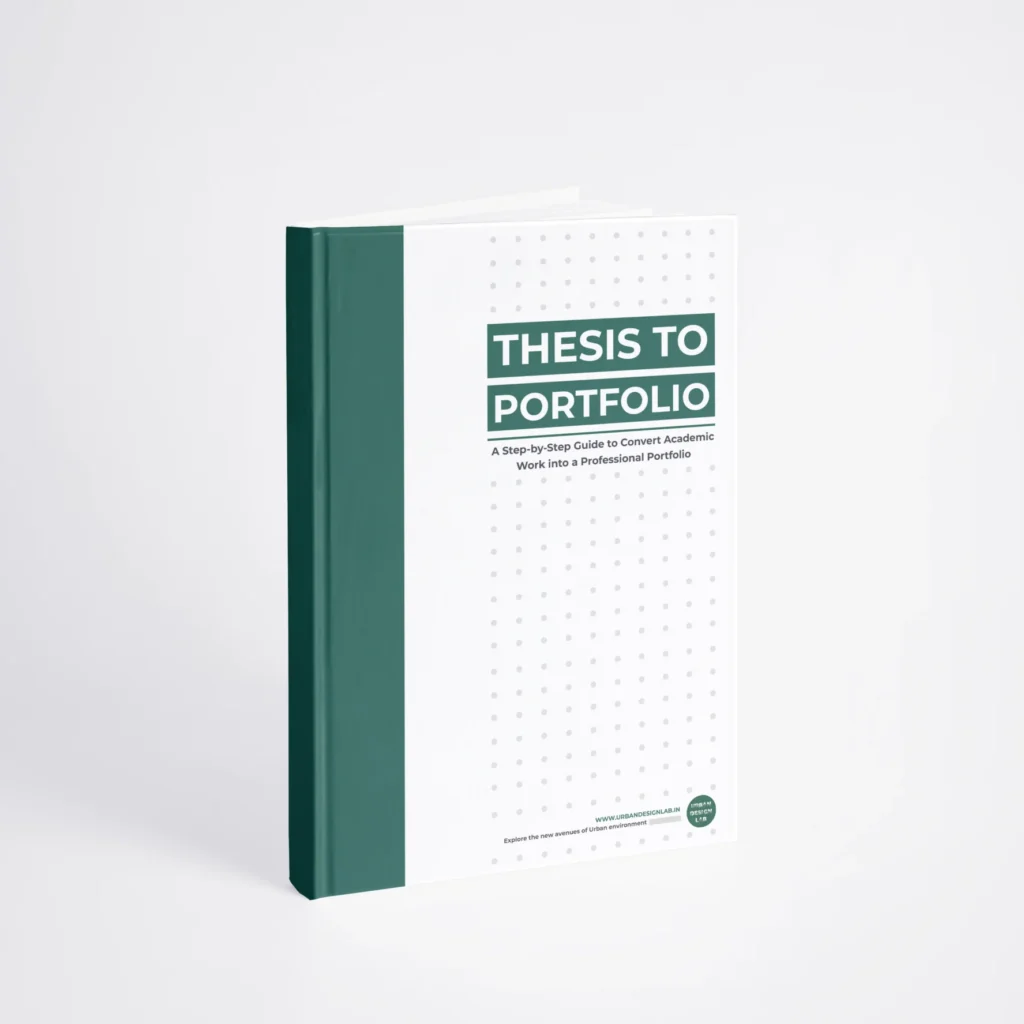
Free E-Book
From thesis to Portfolio
A Guide to Convert Academic Work into a Professional Portfolio”
Recent Posts
- Article Posted:
- Article Posted:
- Article Posted:
- Article Posted:
- Article Posted:
- Article Posted:
- Article Posted:
- Article Posted:
- Article Posted:
- Article Posted:
- Article Posted:
- Article Posted:
Sign up for our Newsletter
“Let’s explore the new avenues of Urban environment together “
